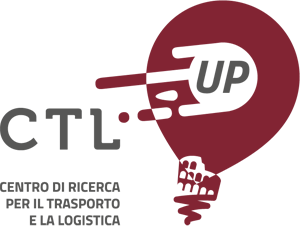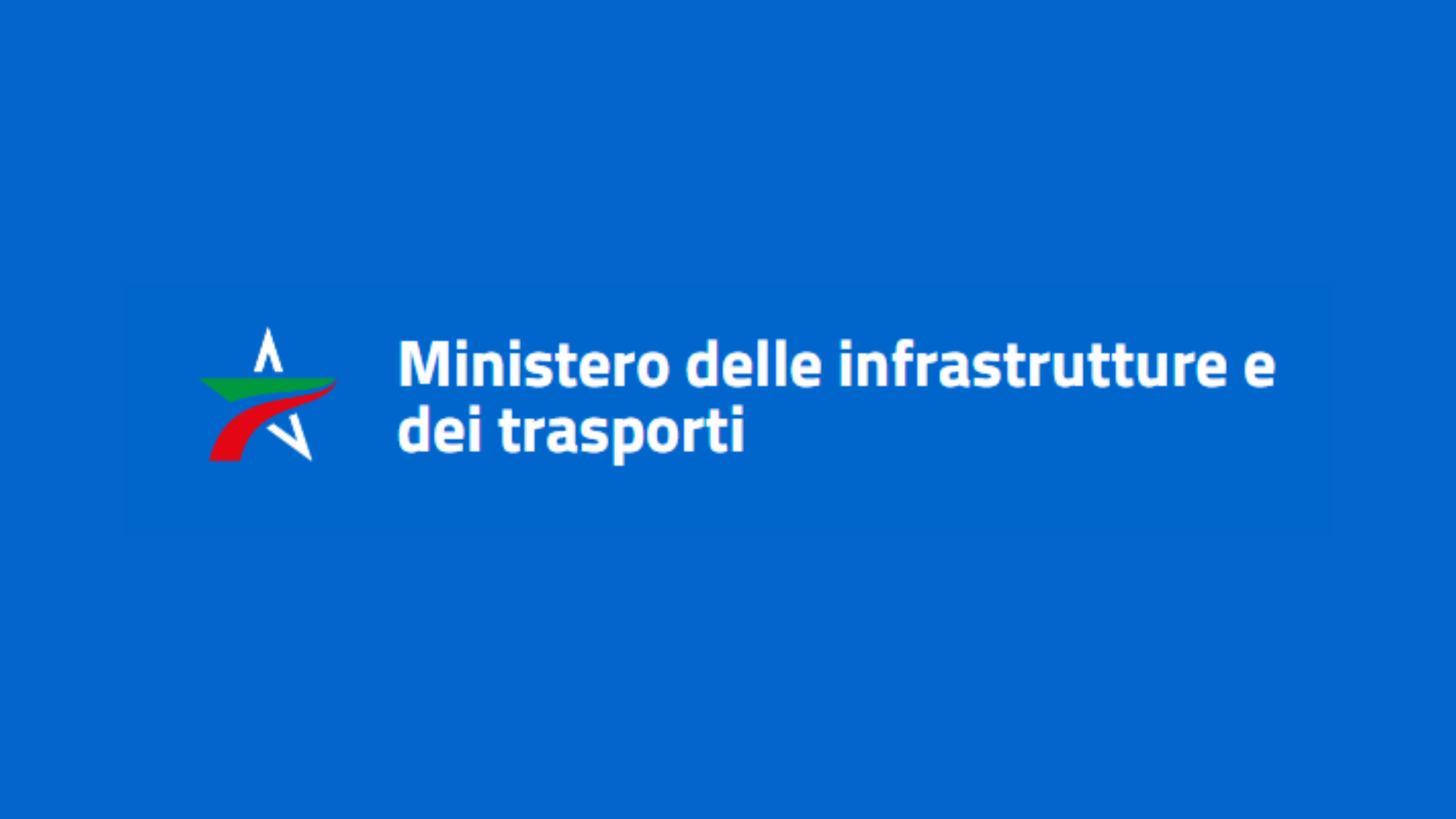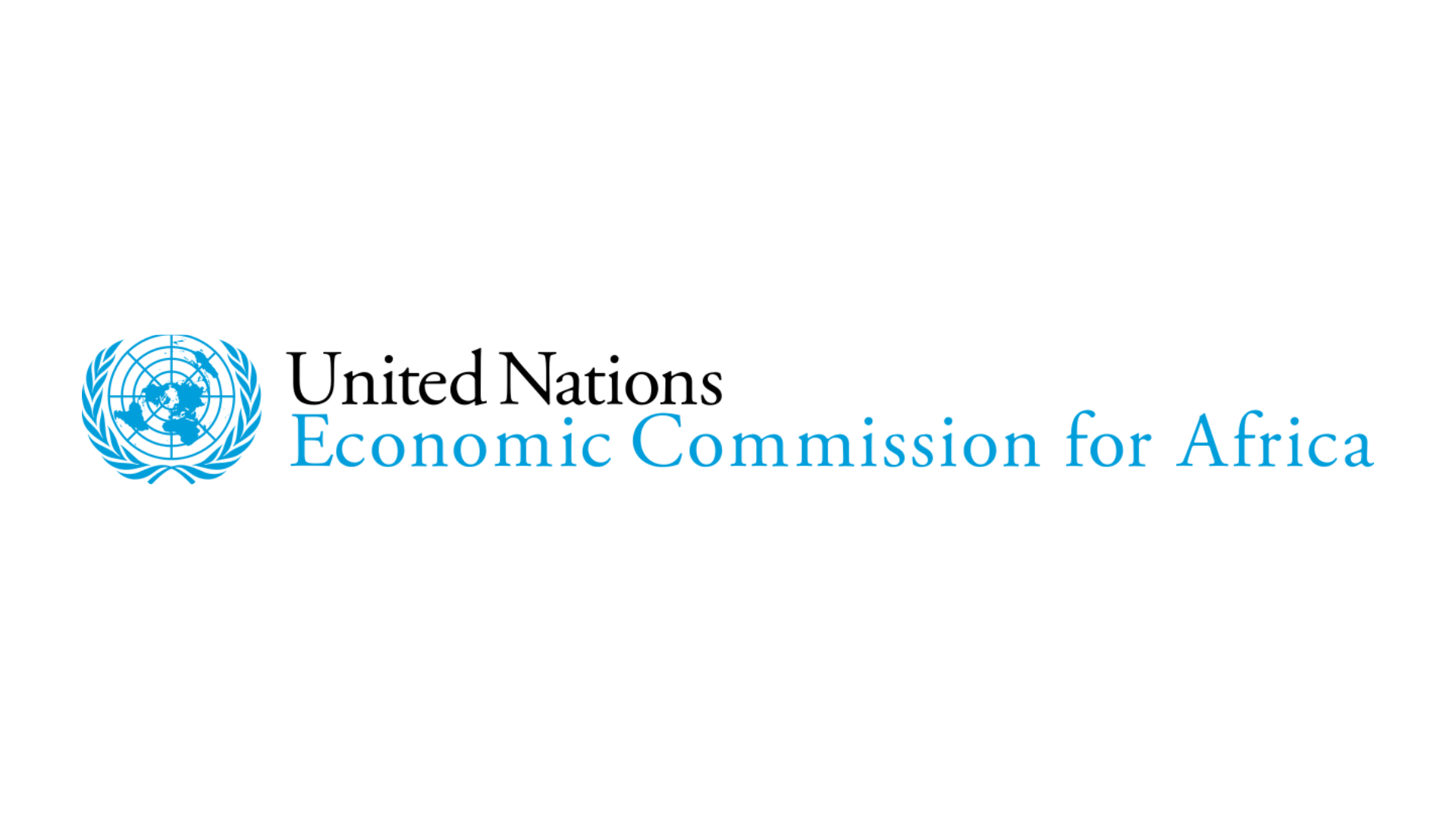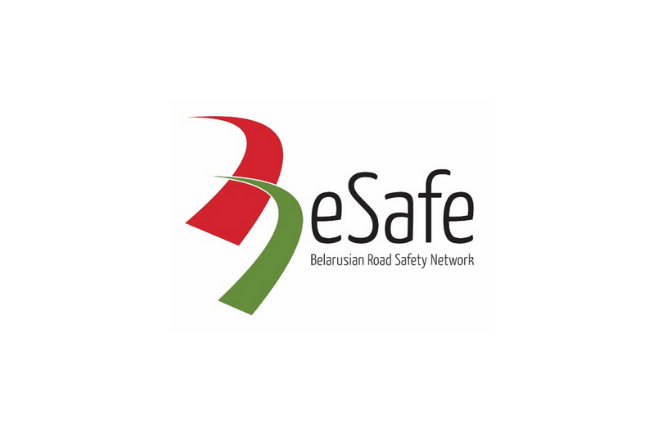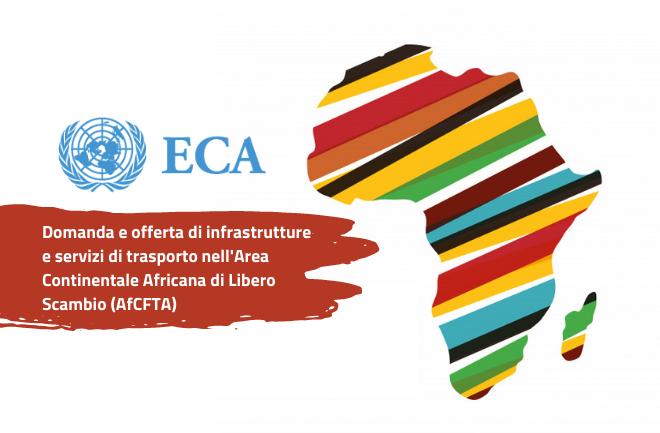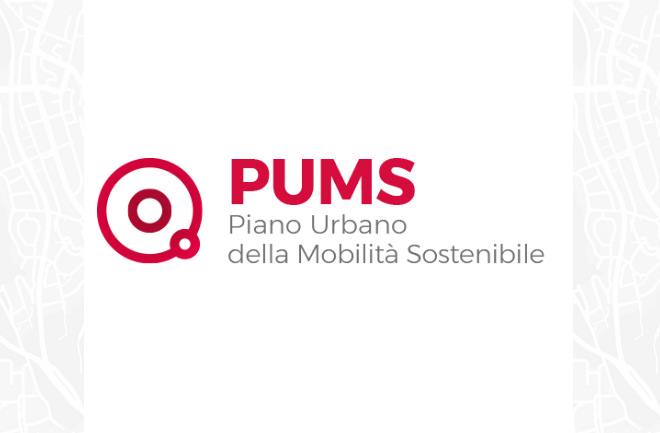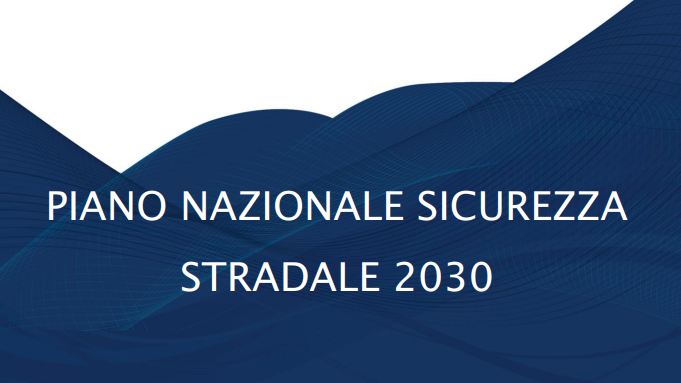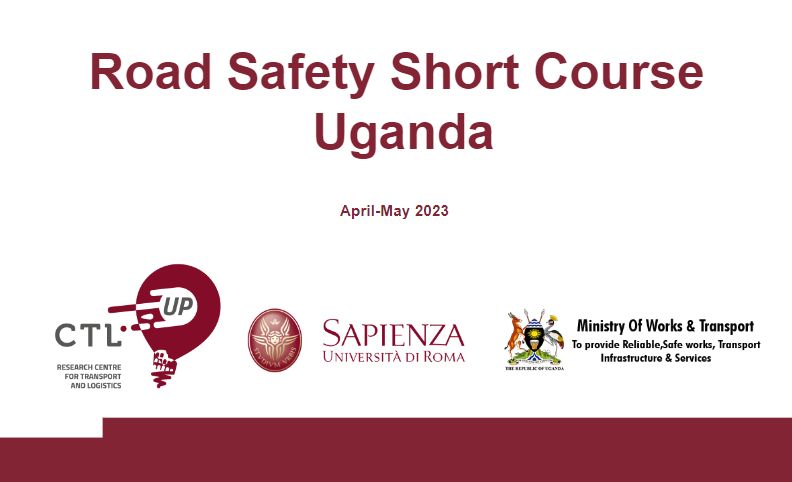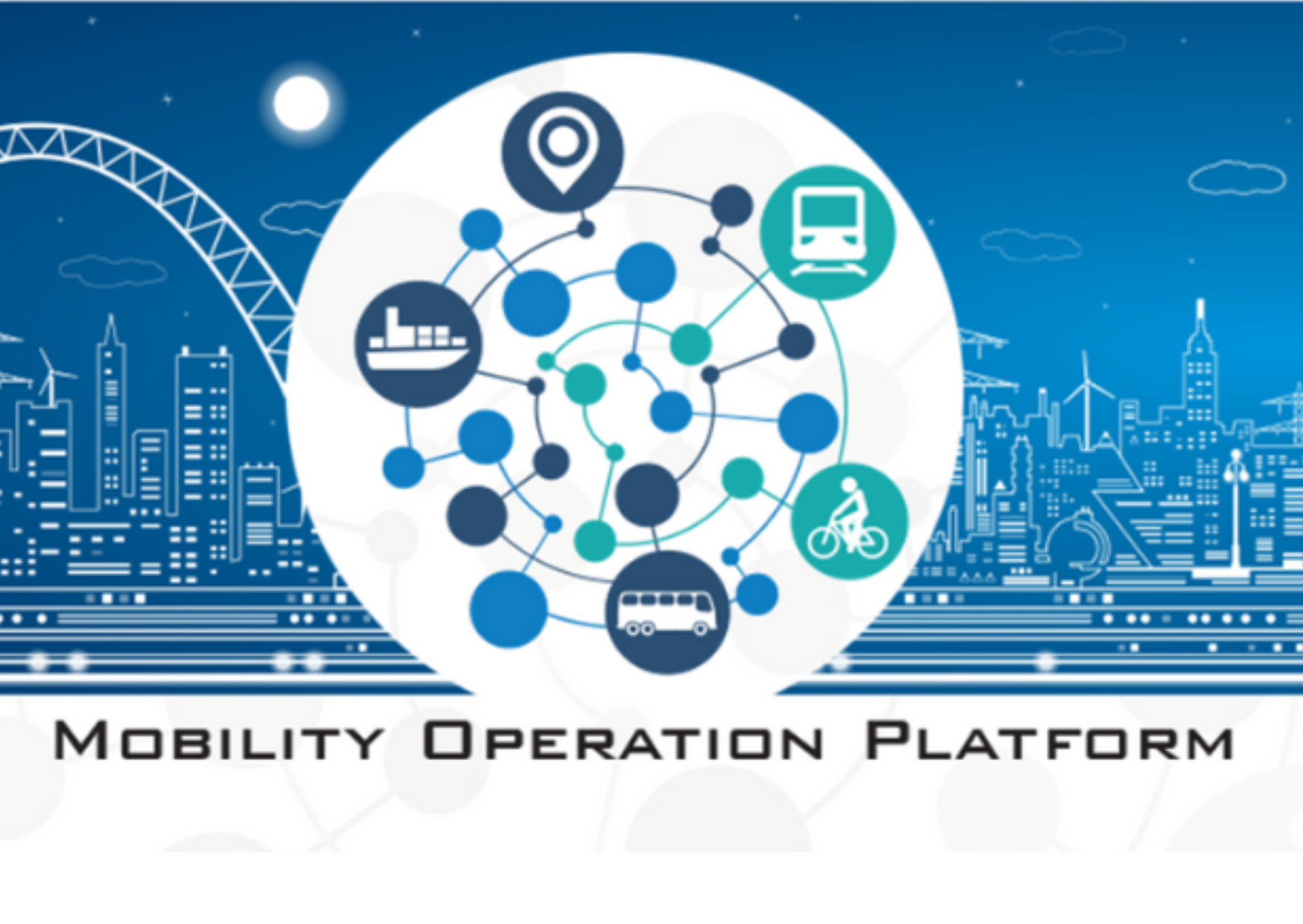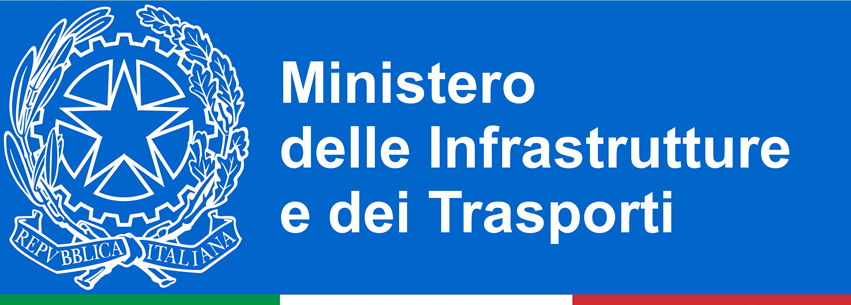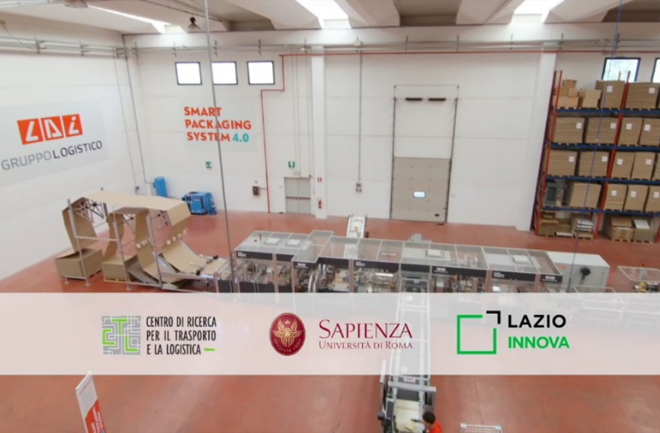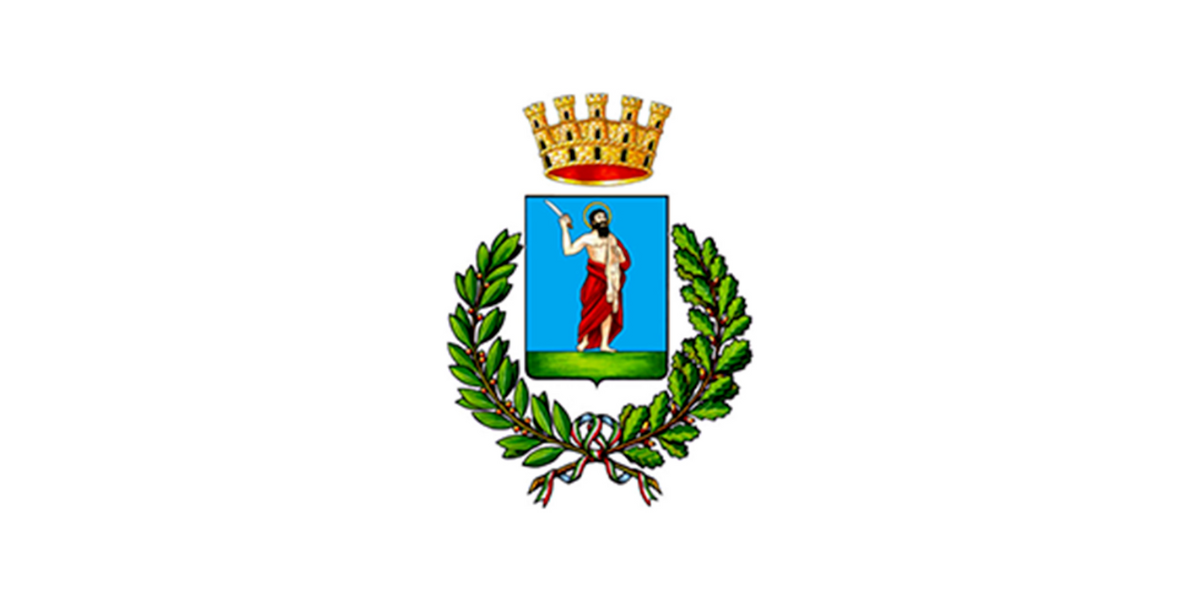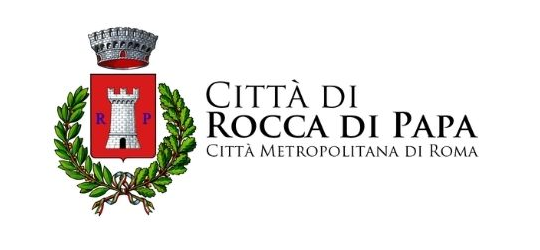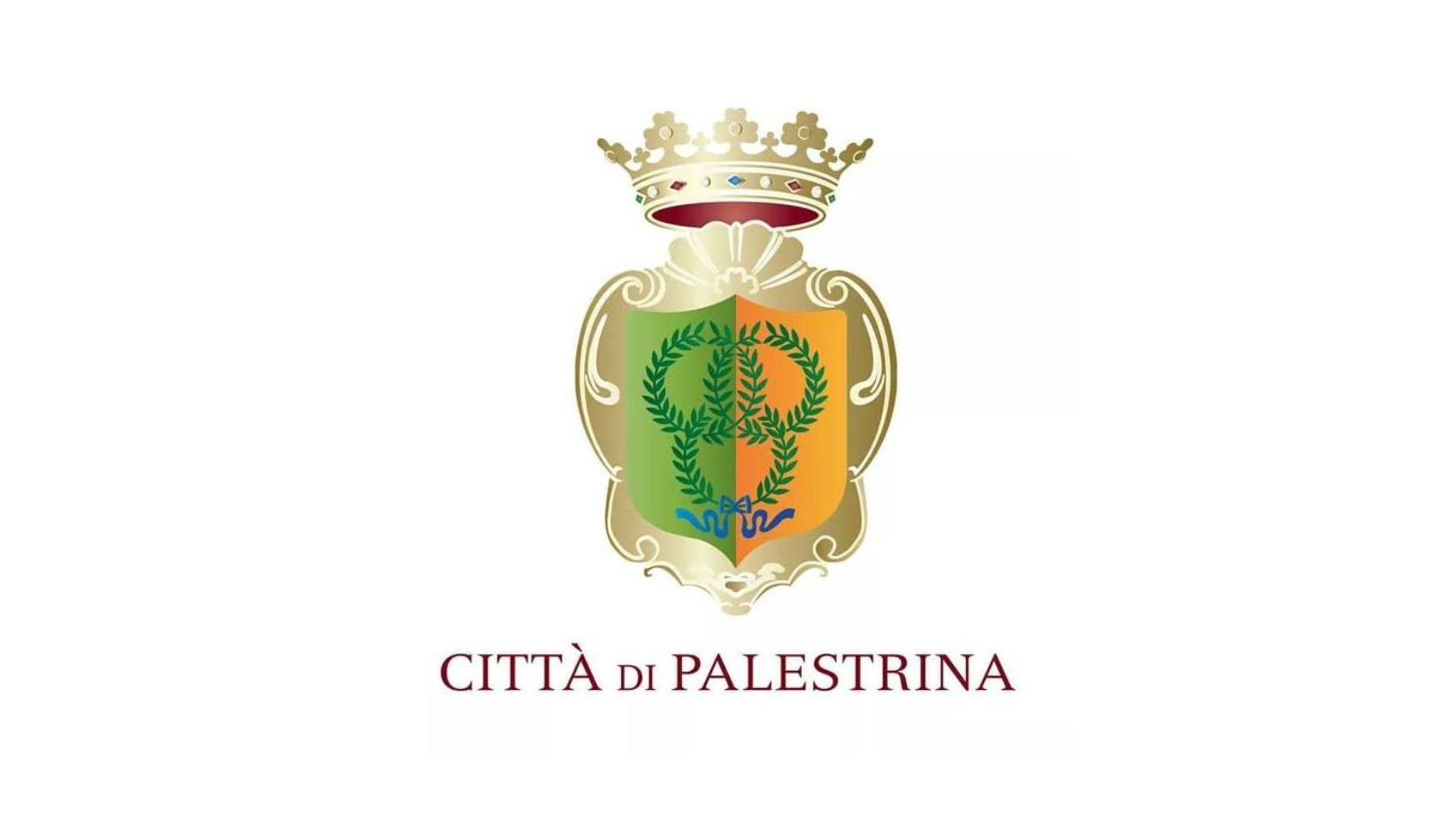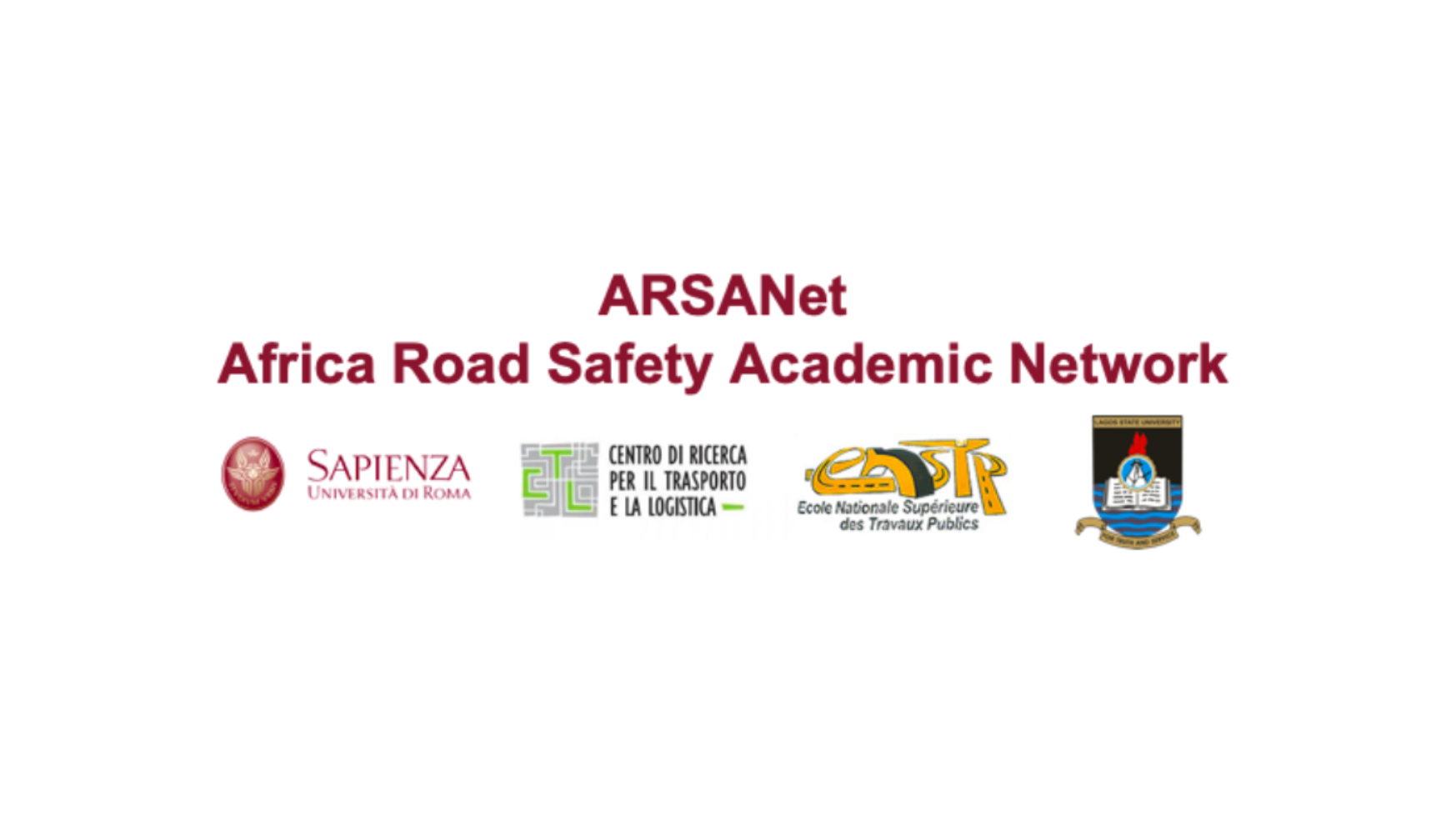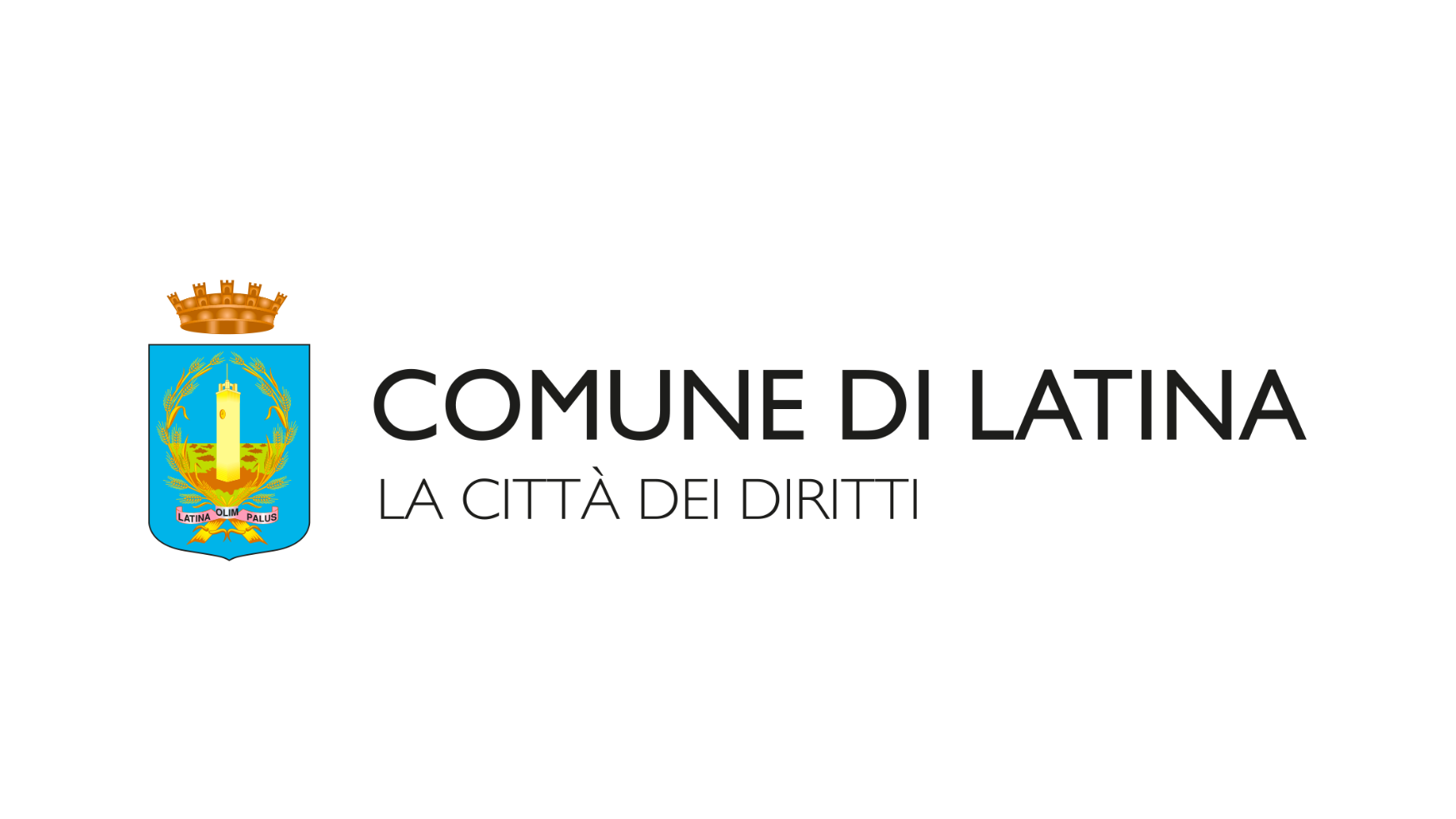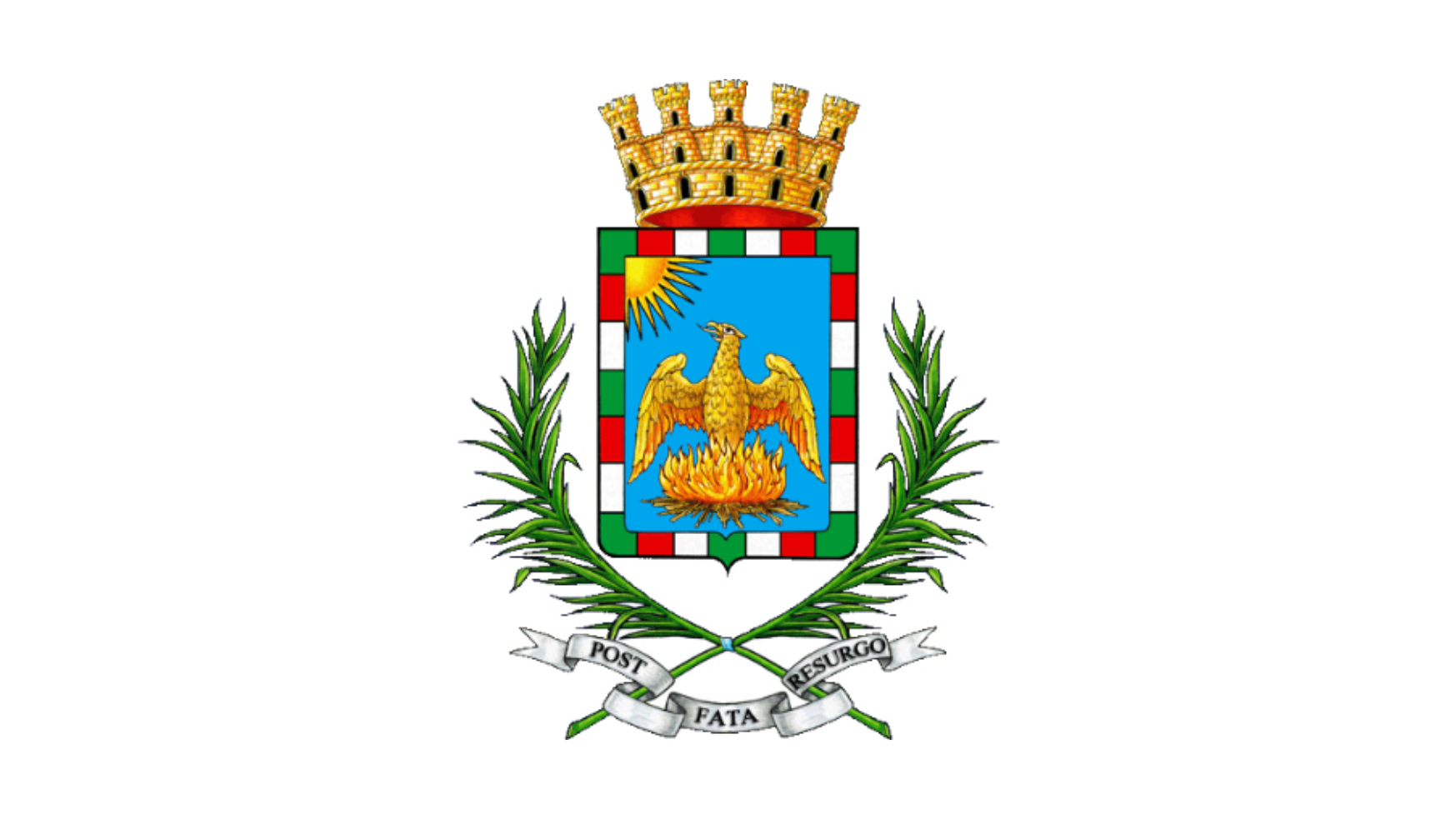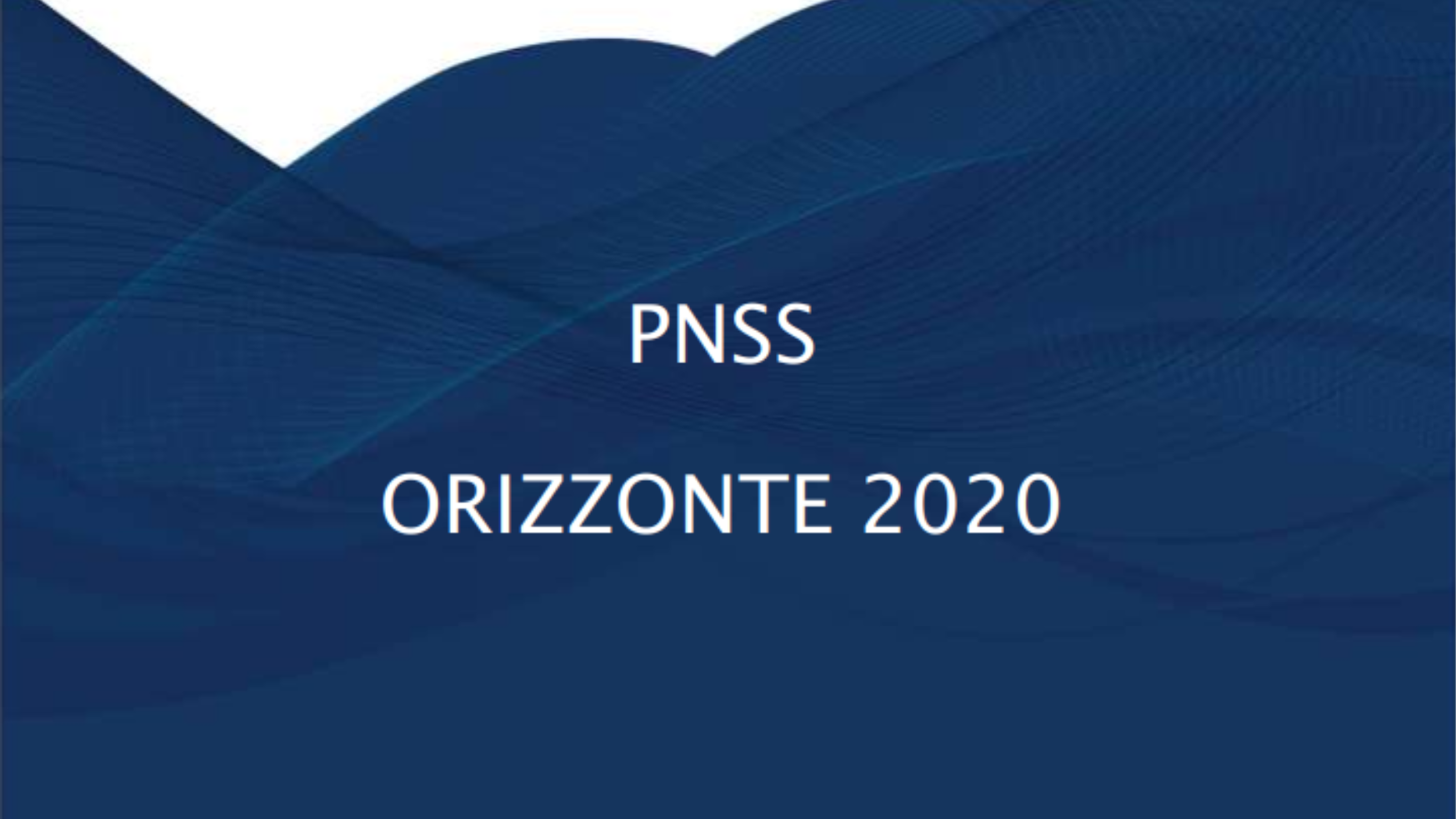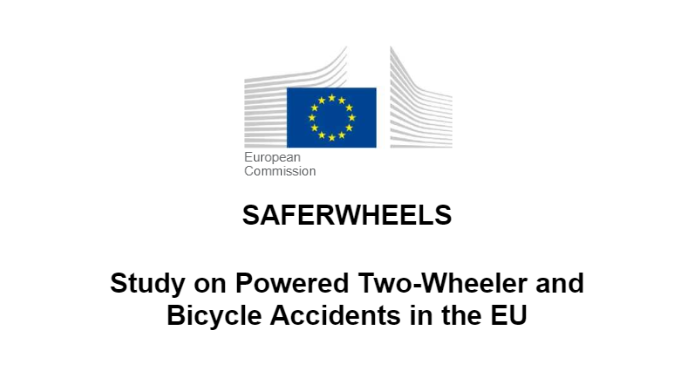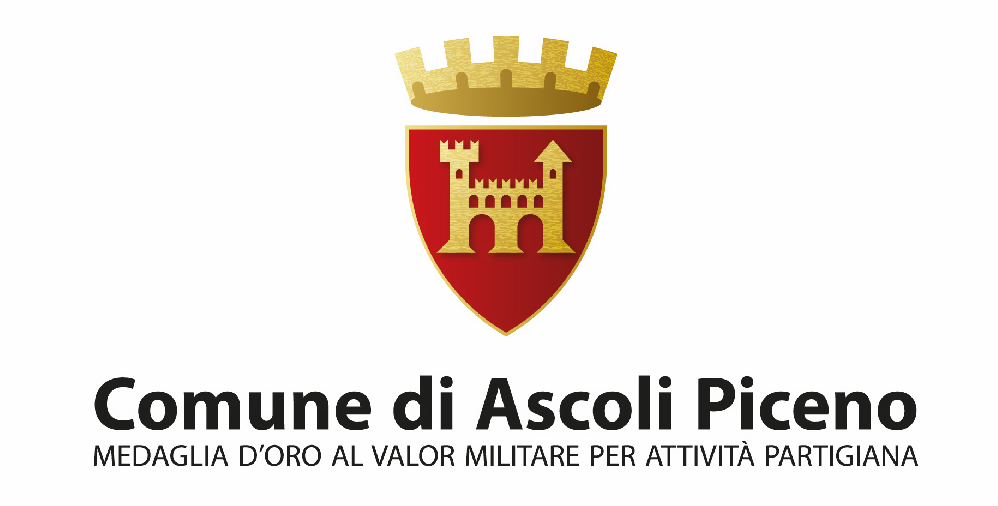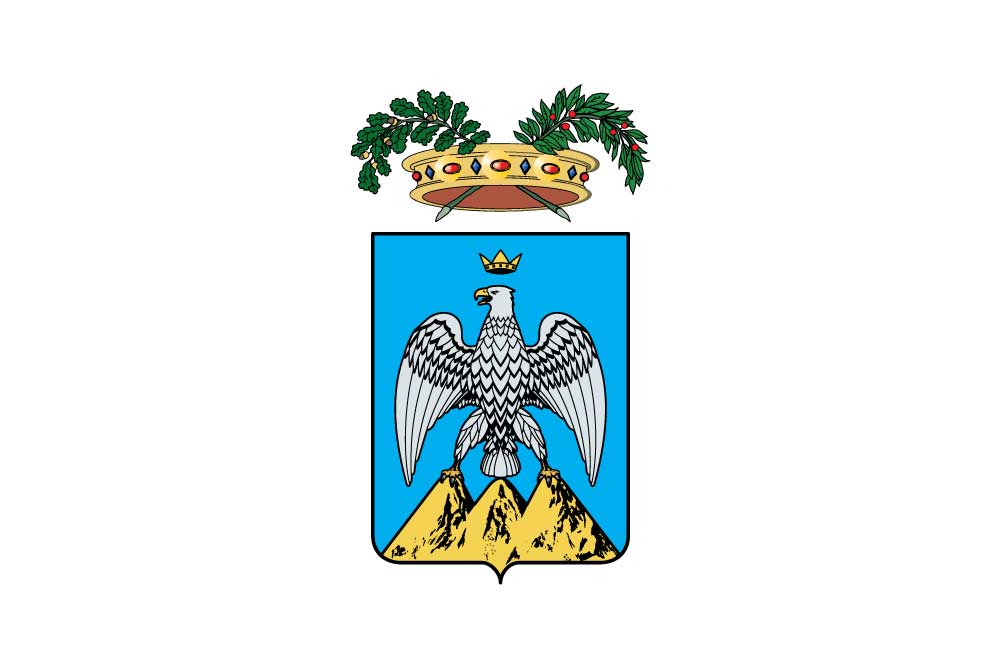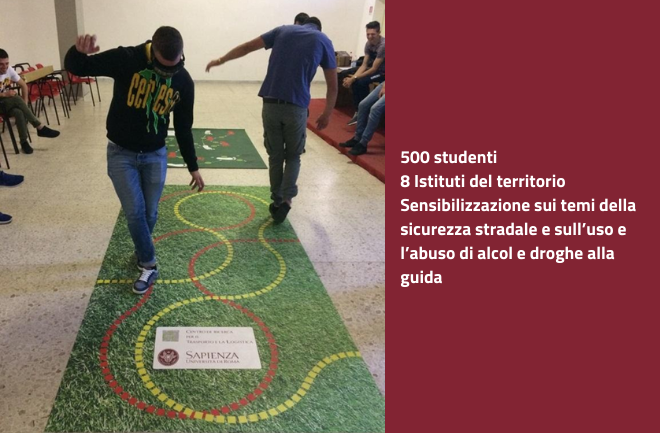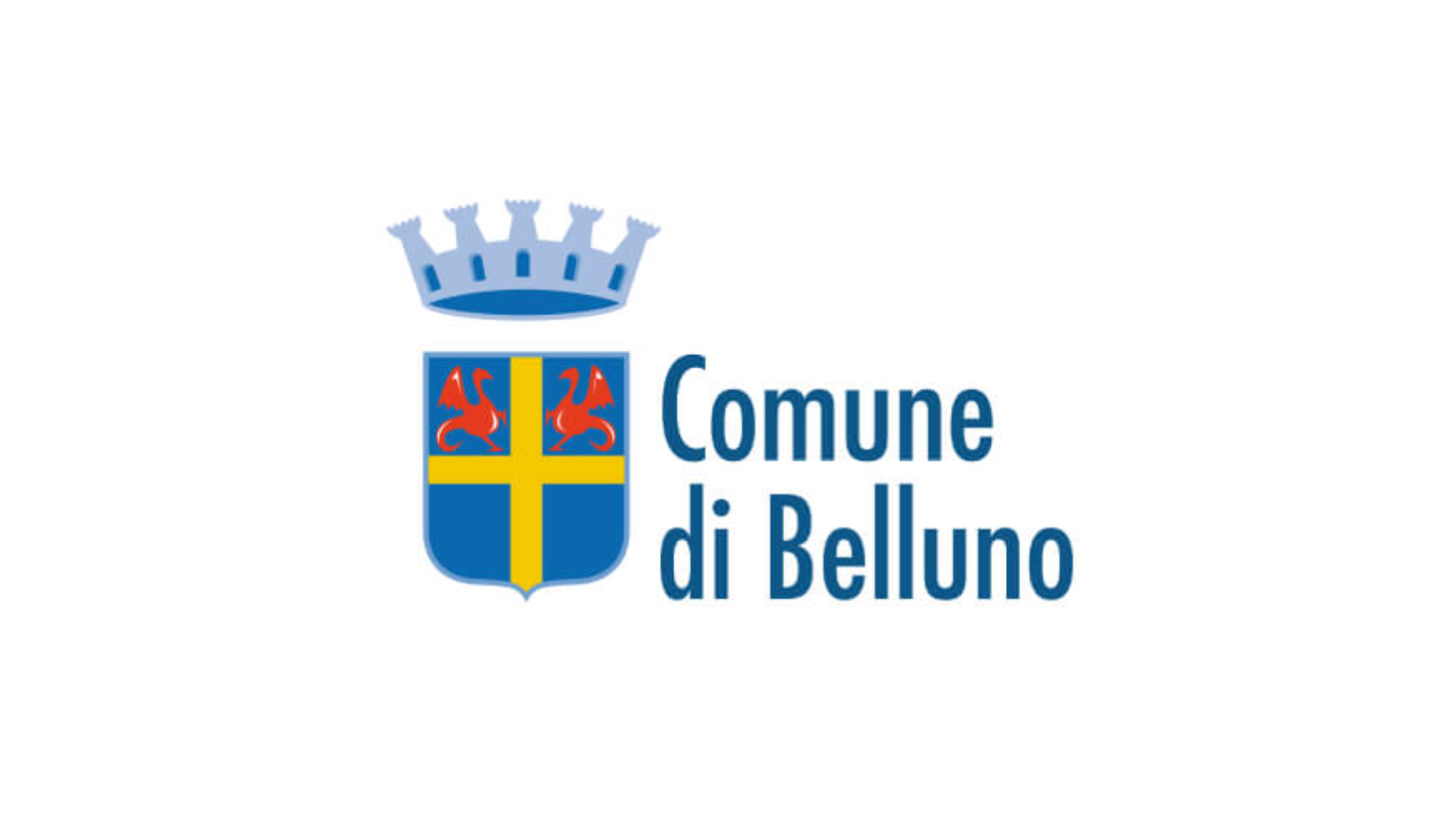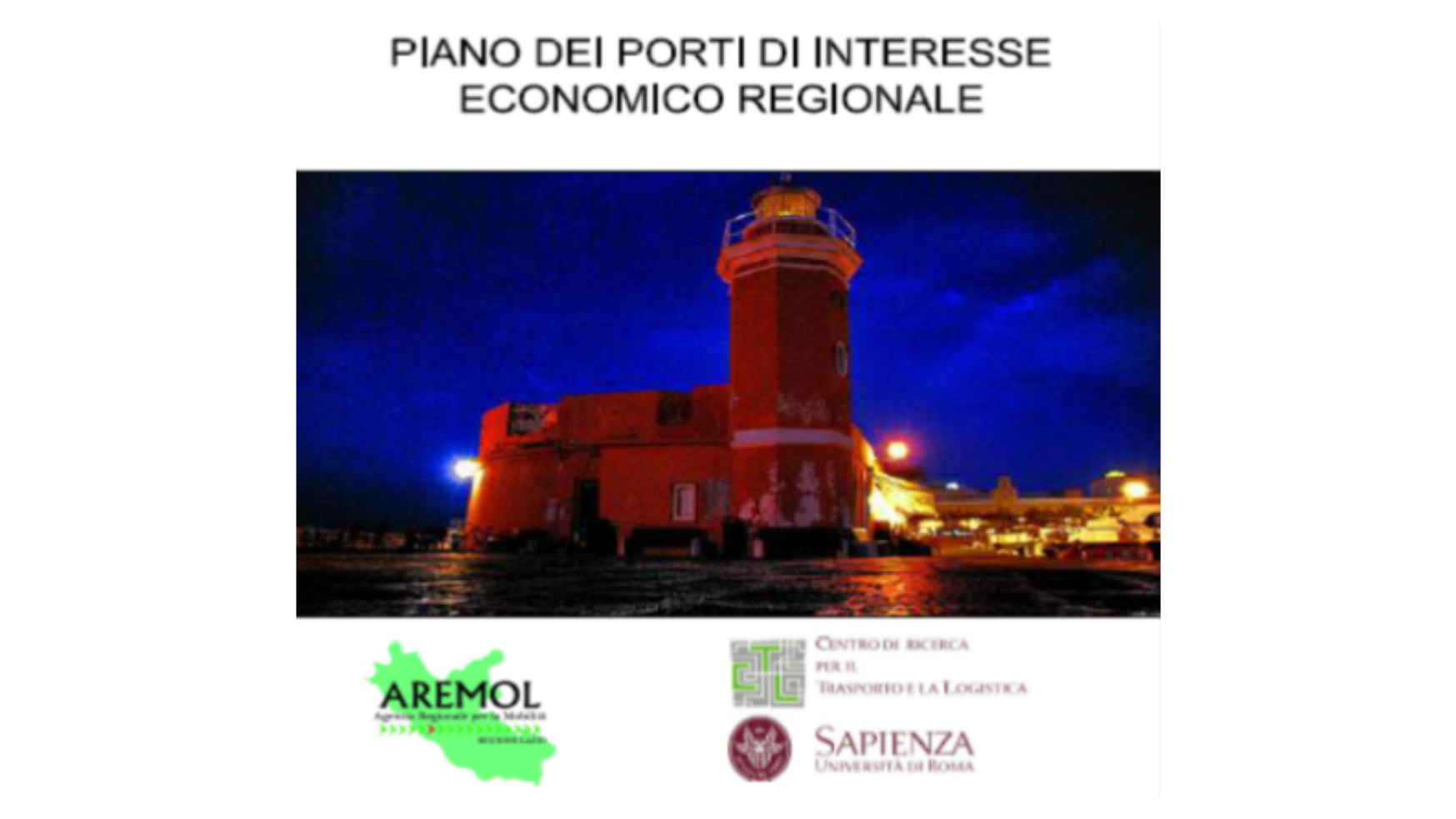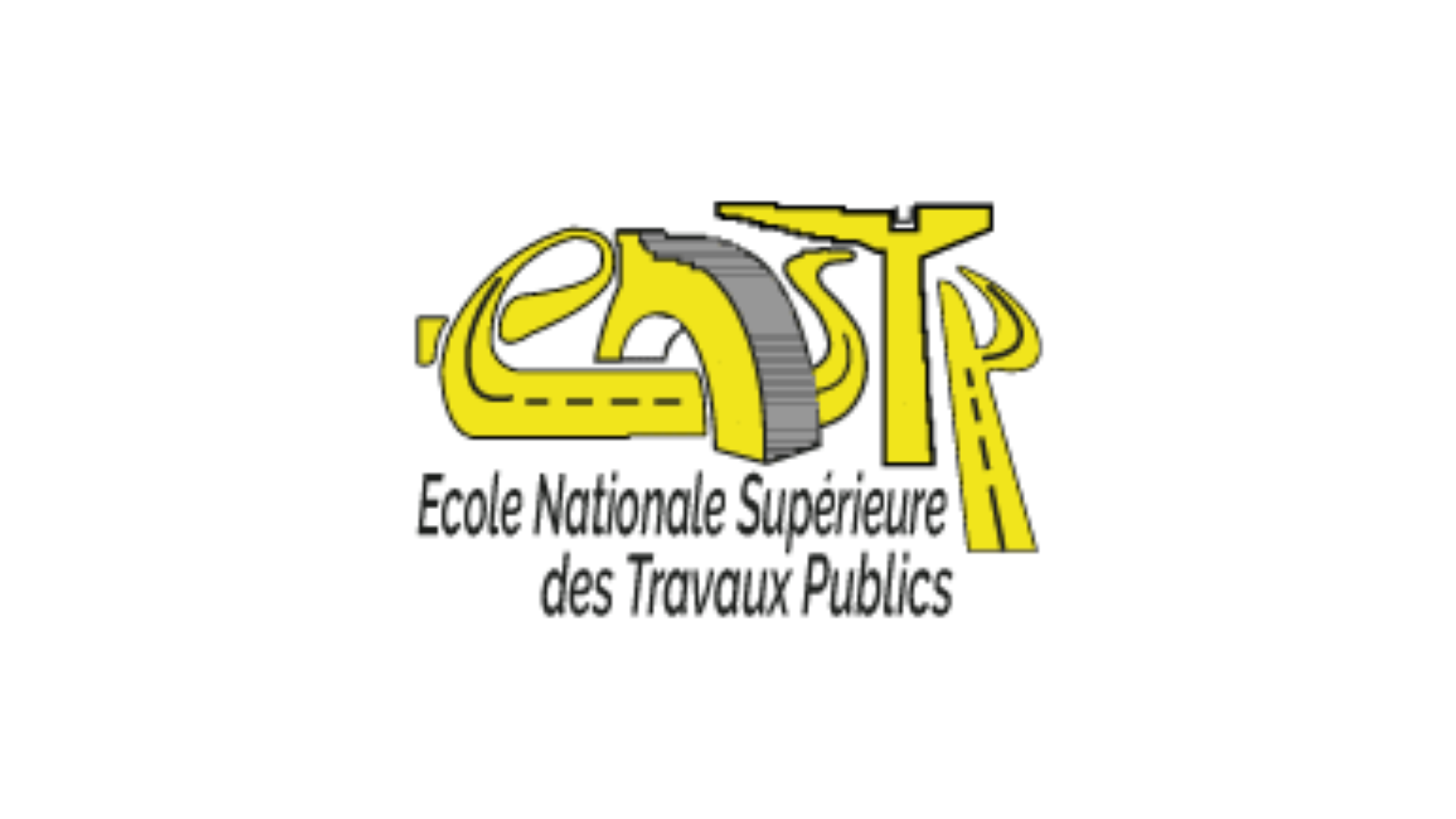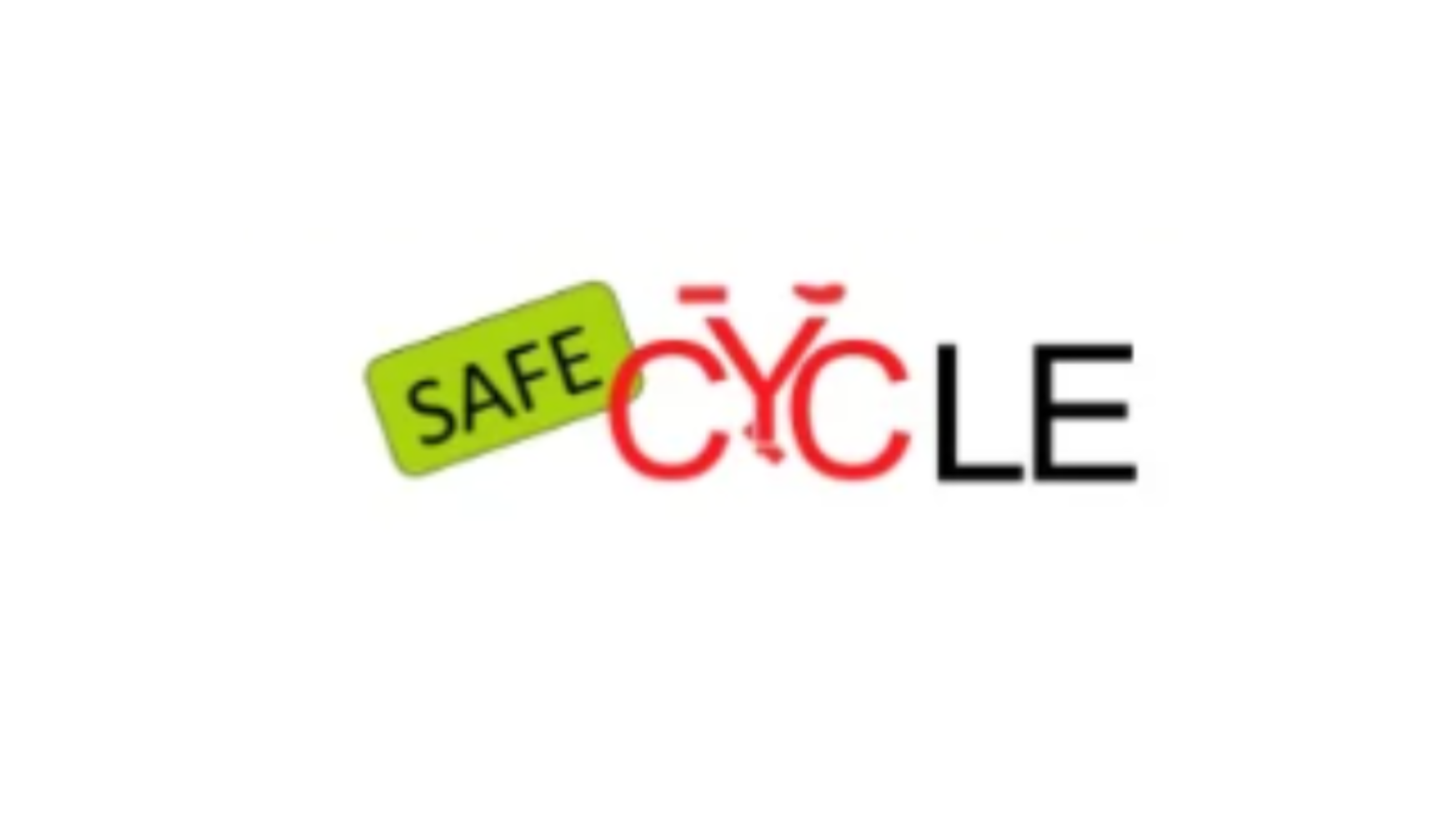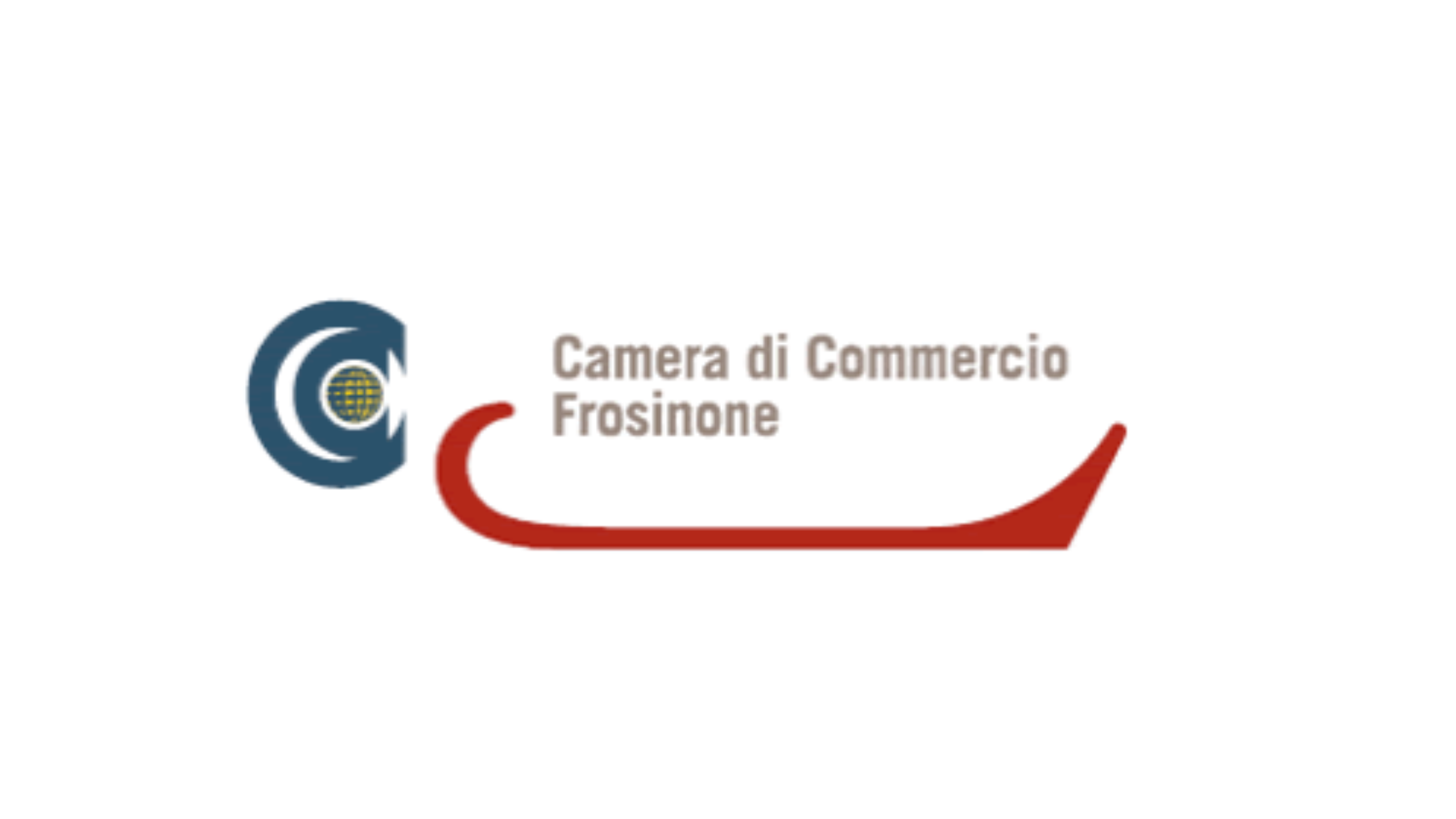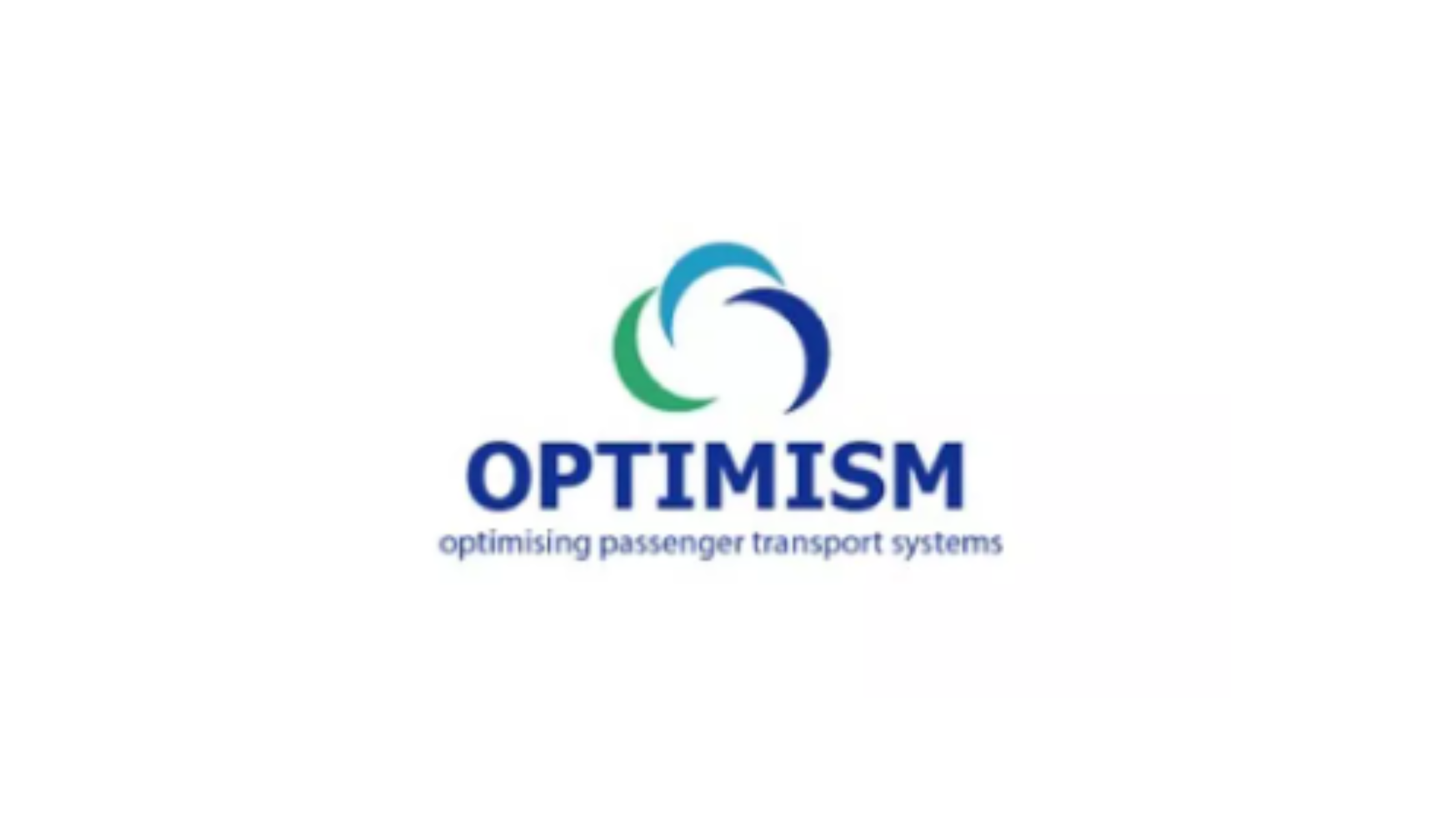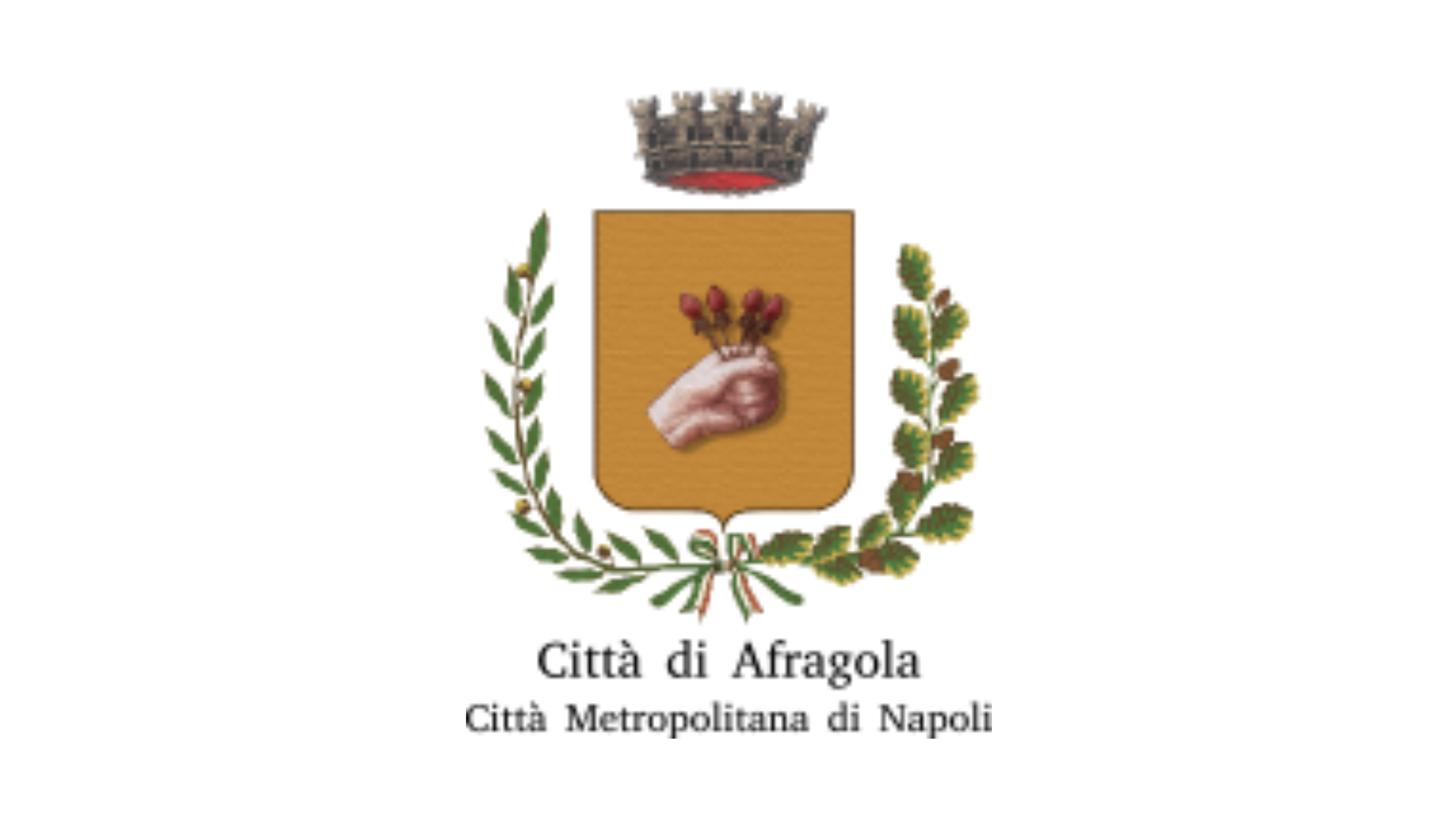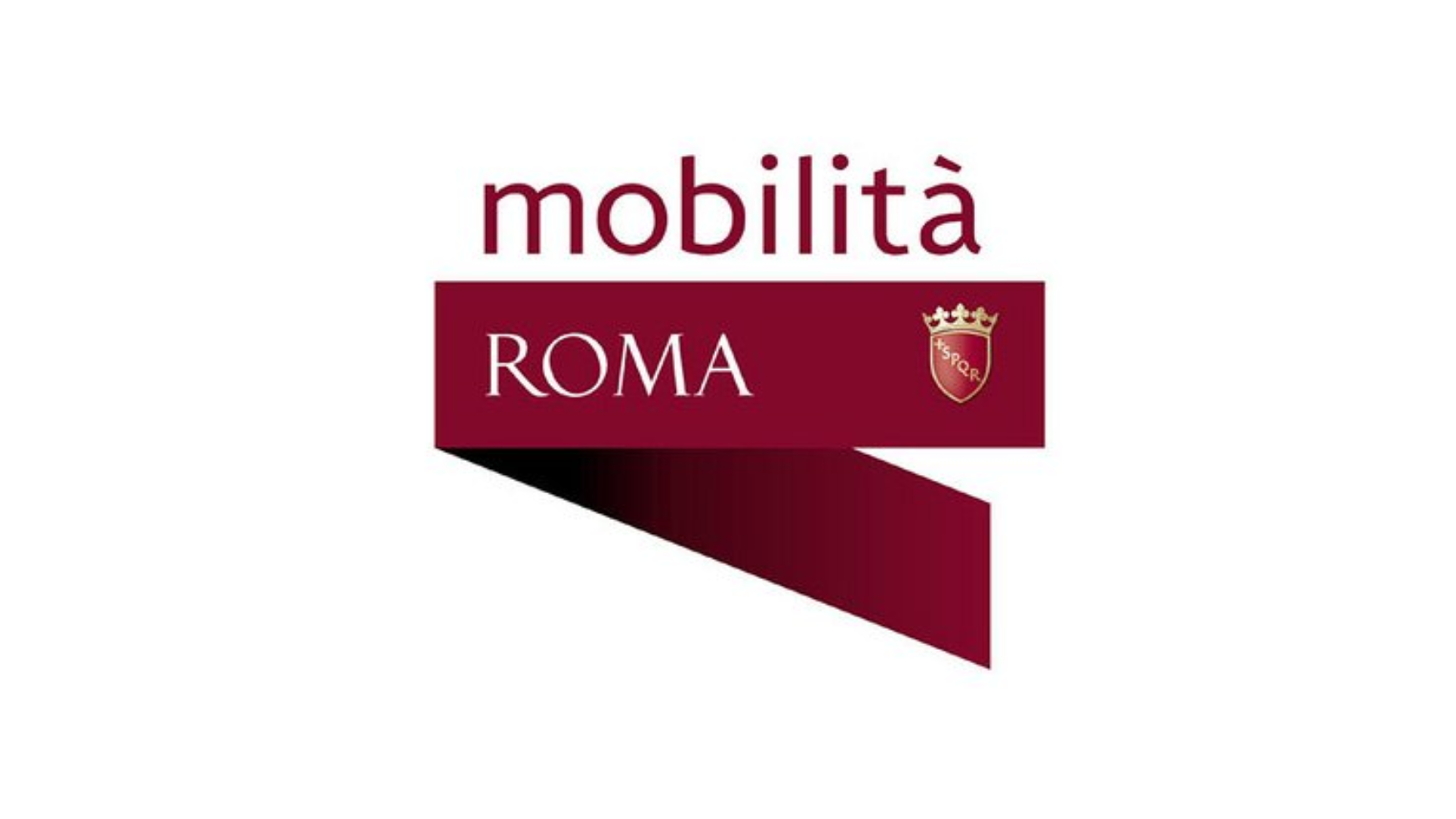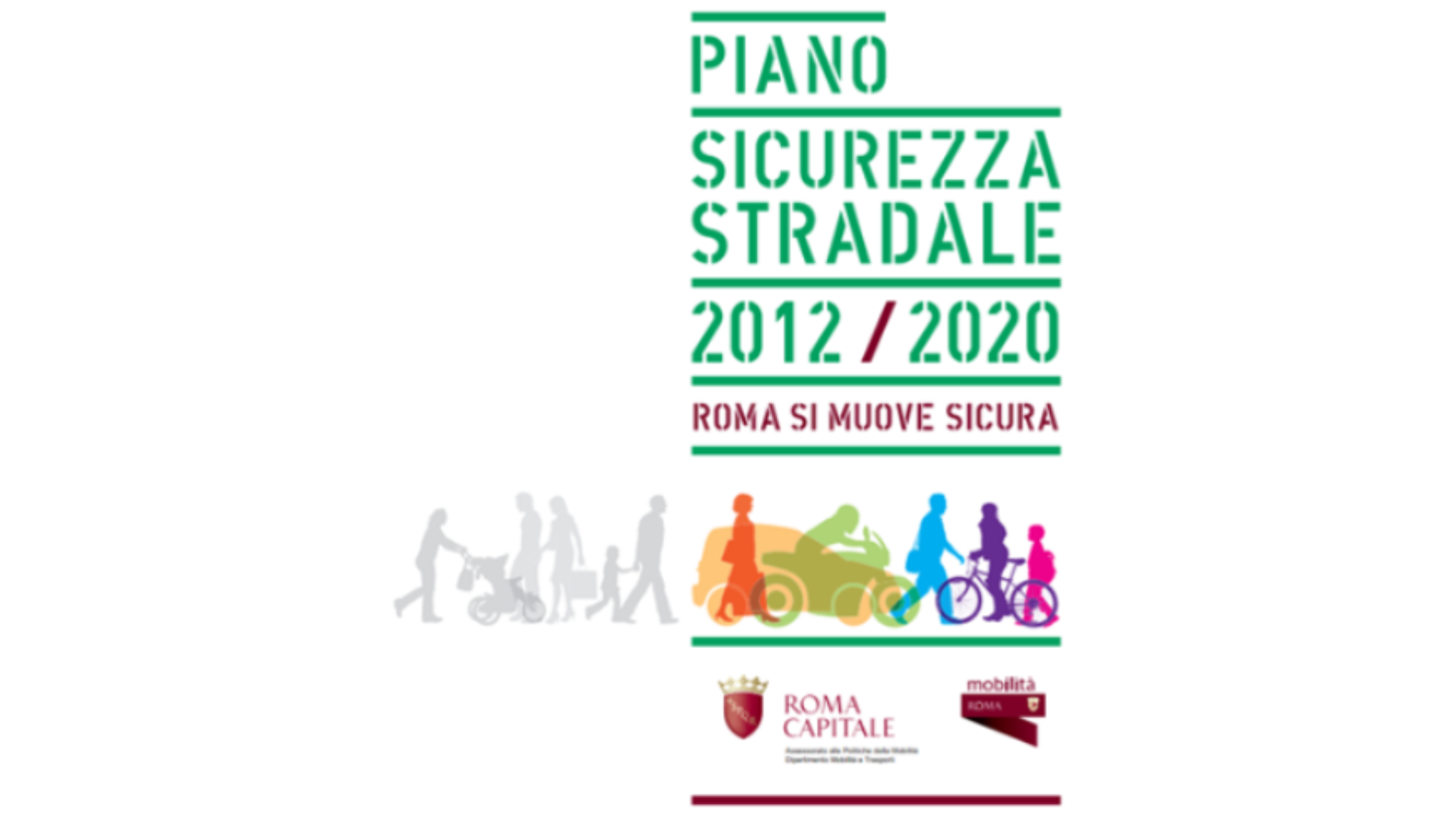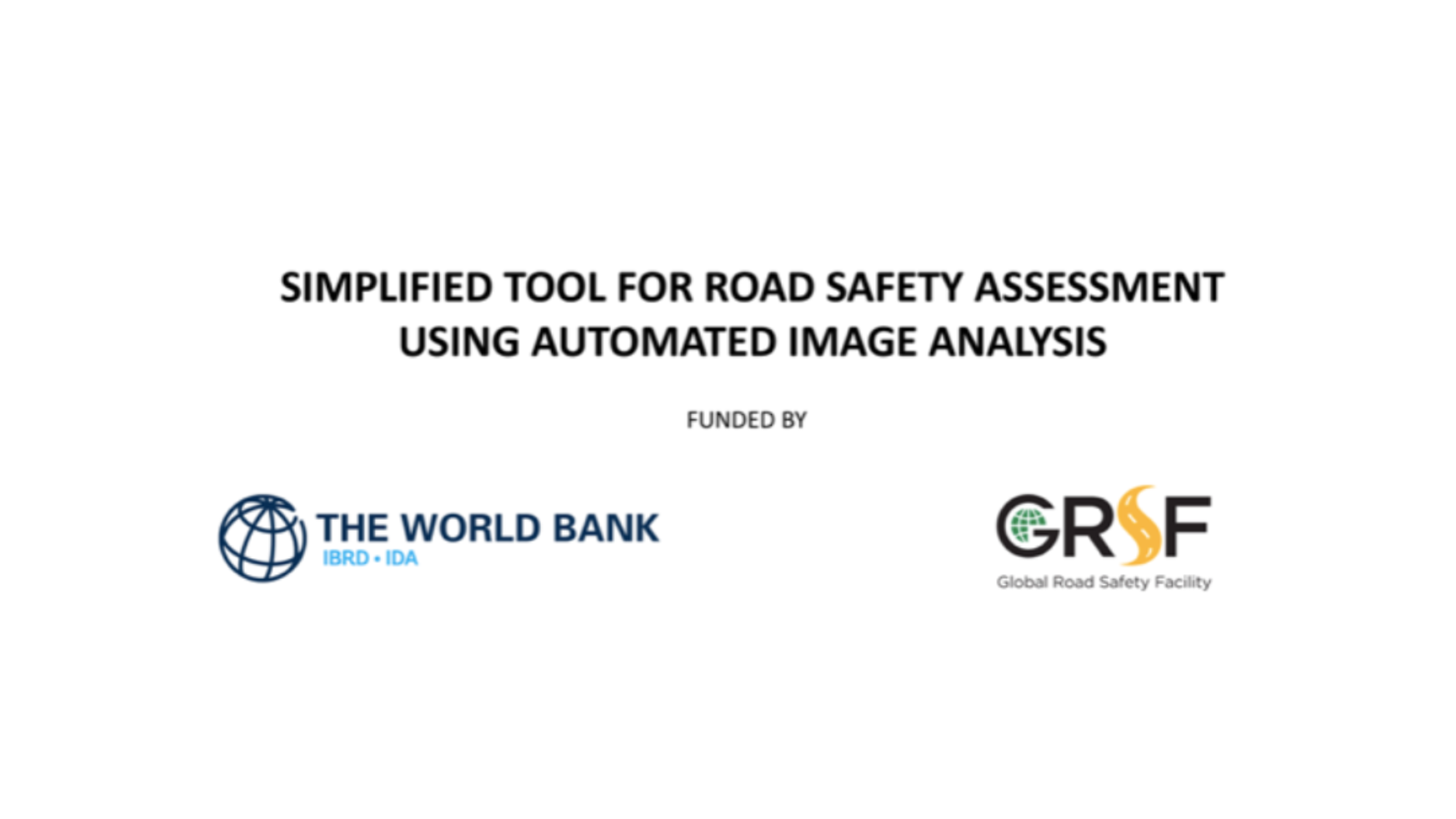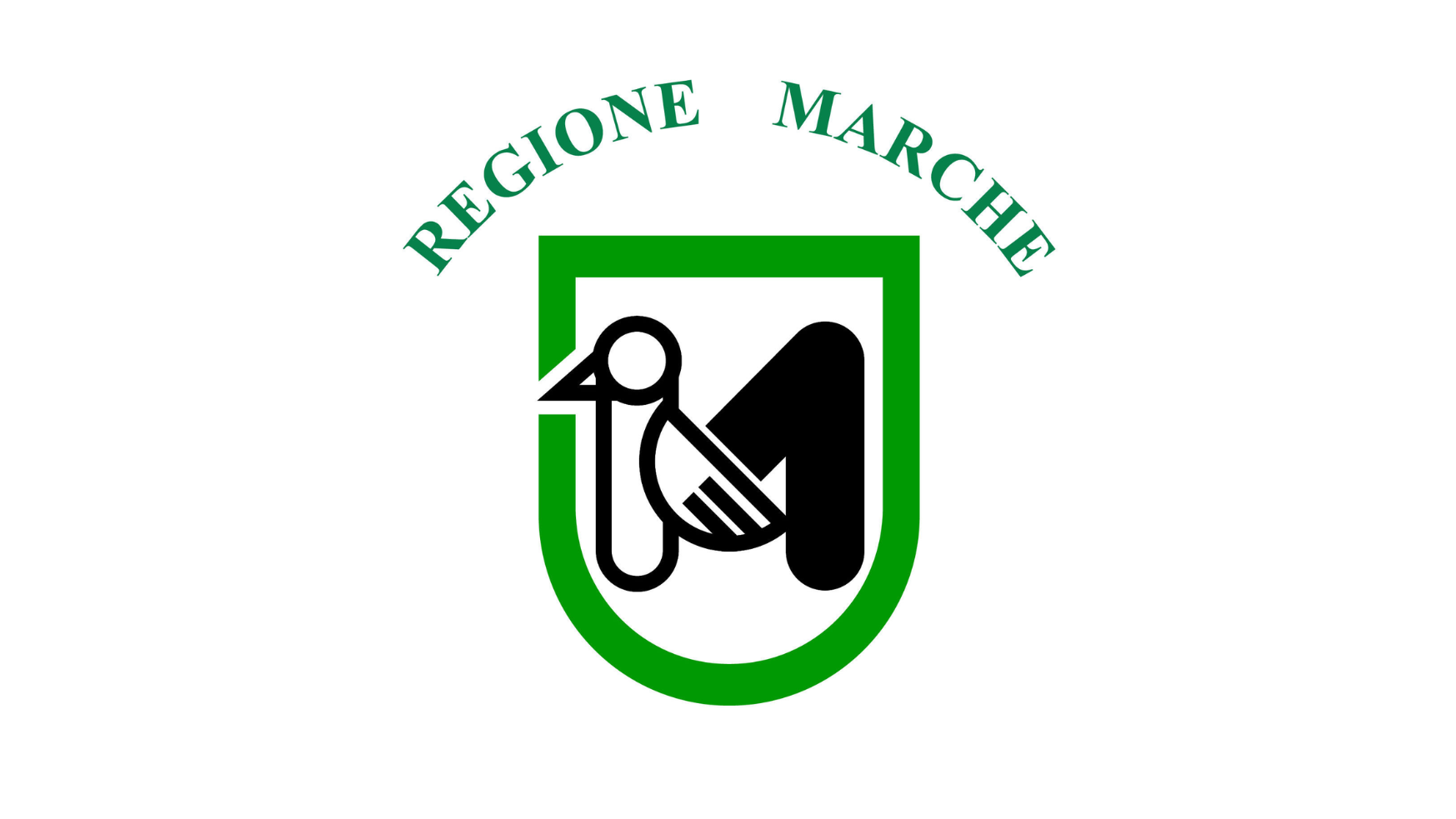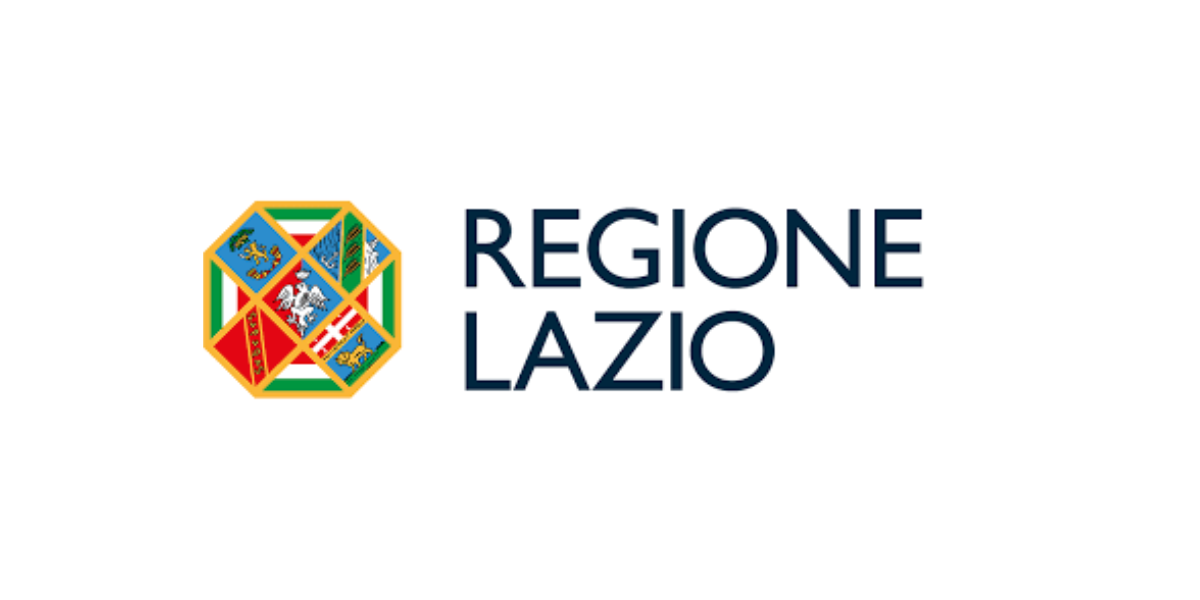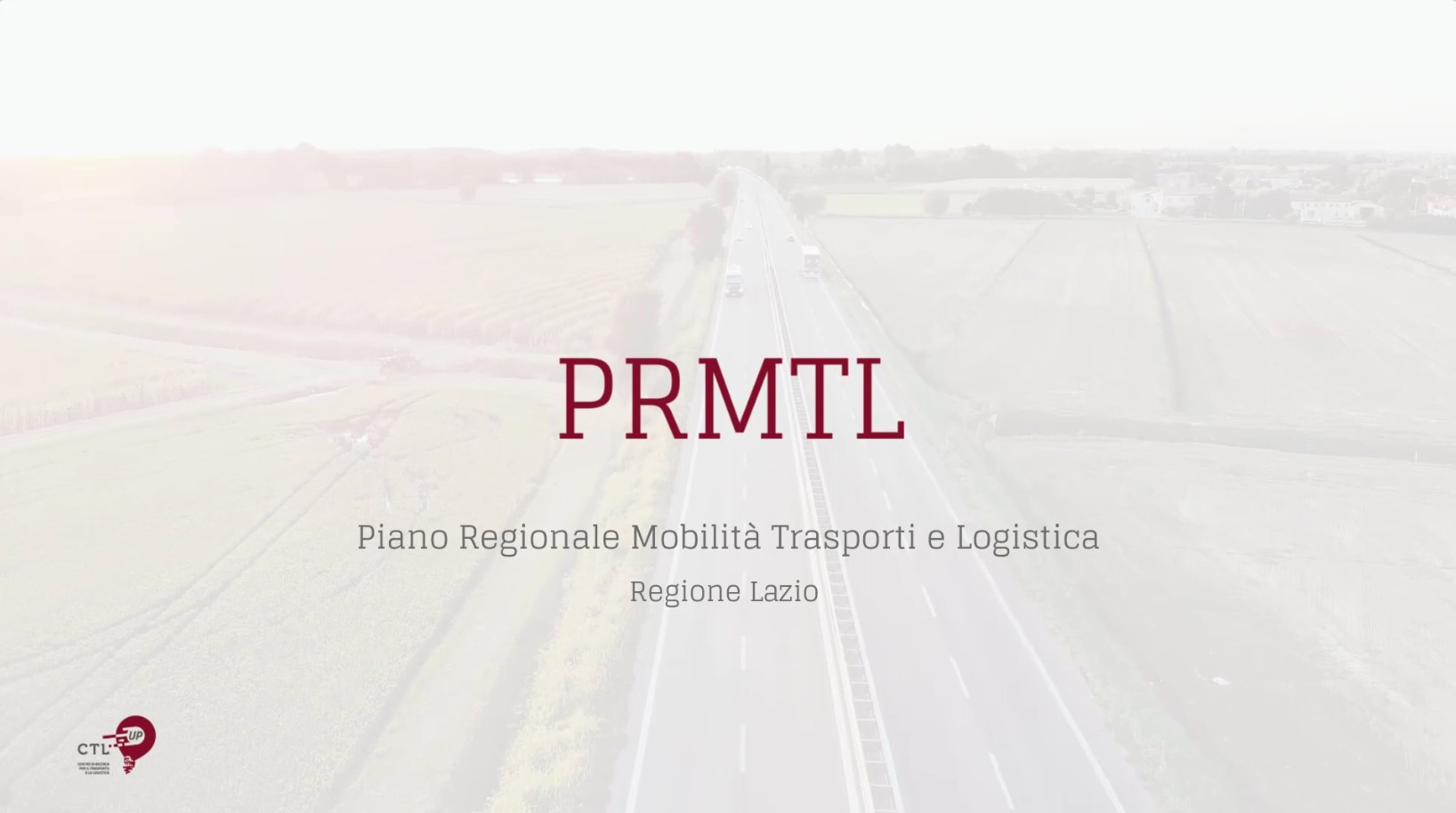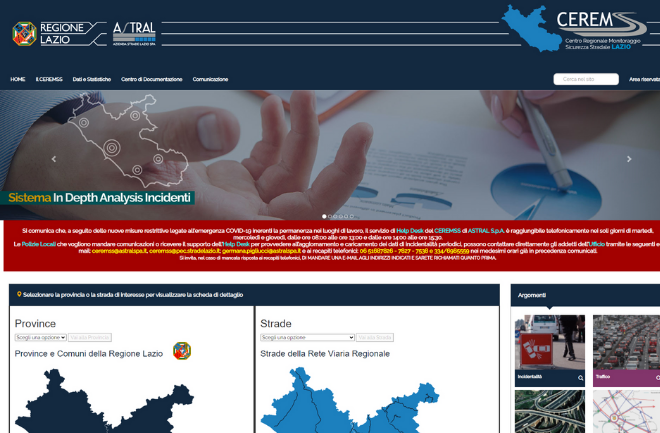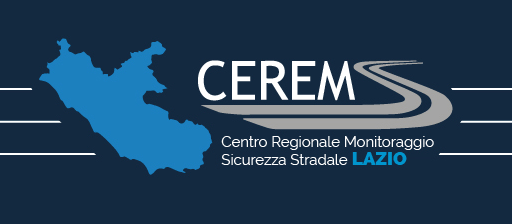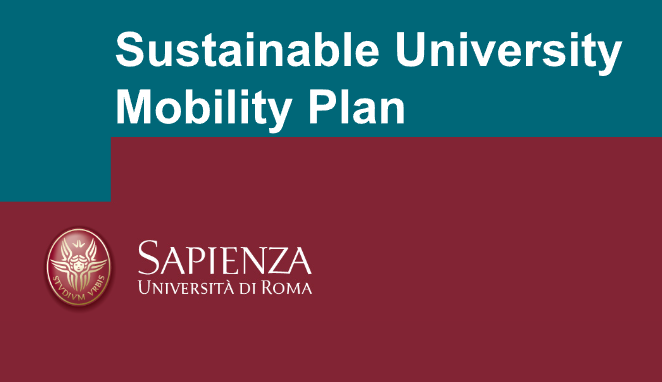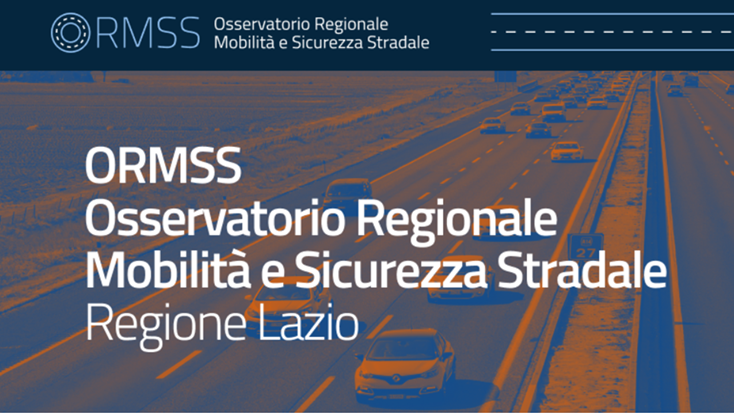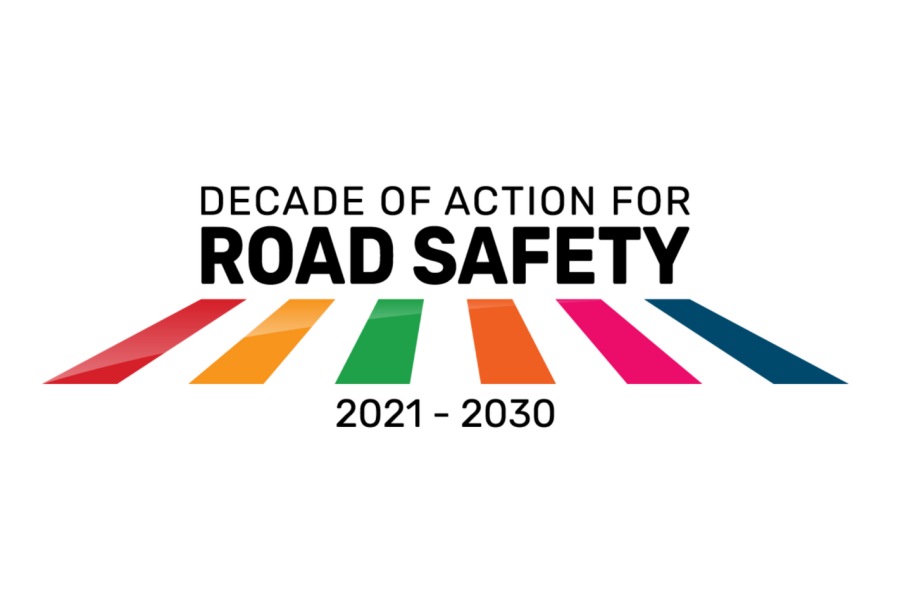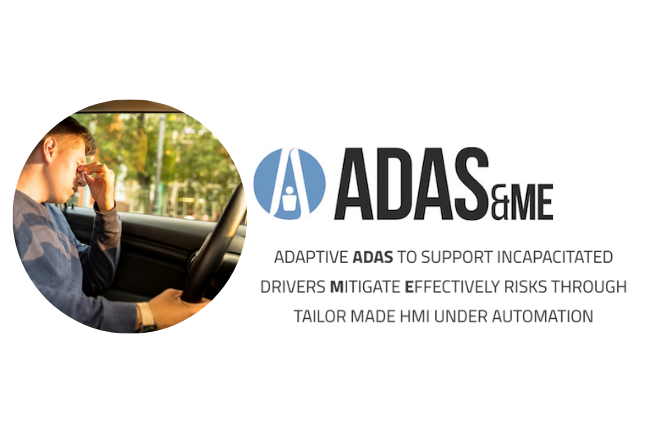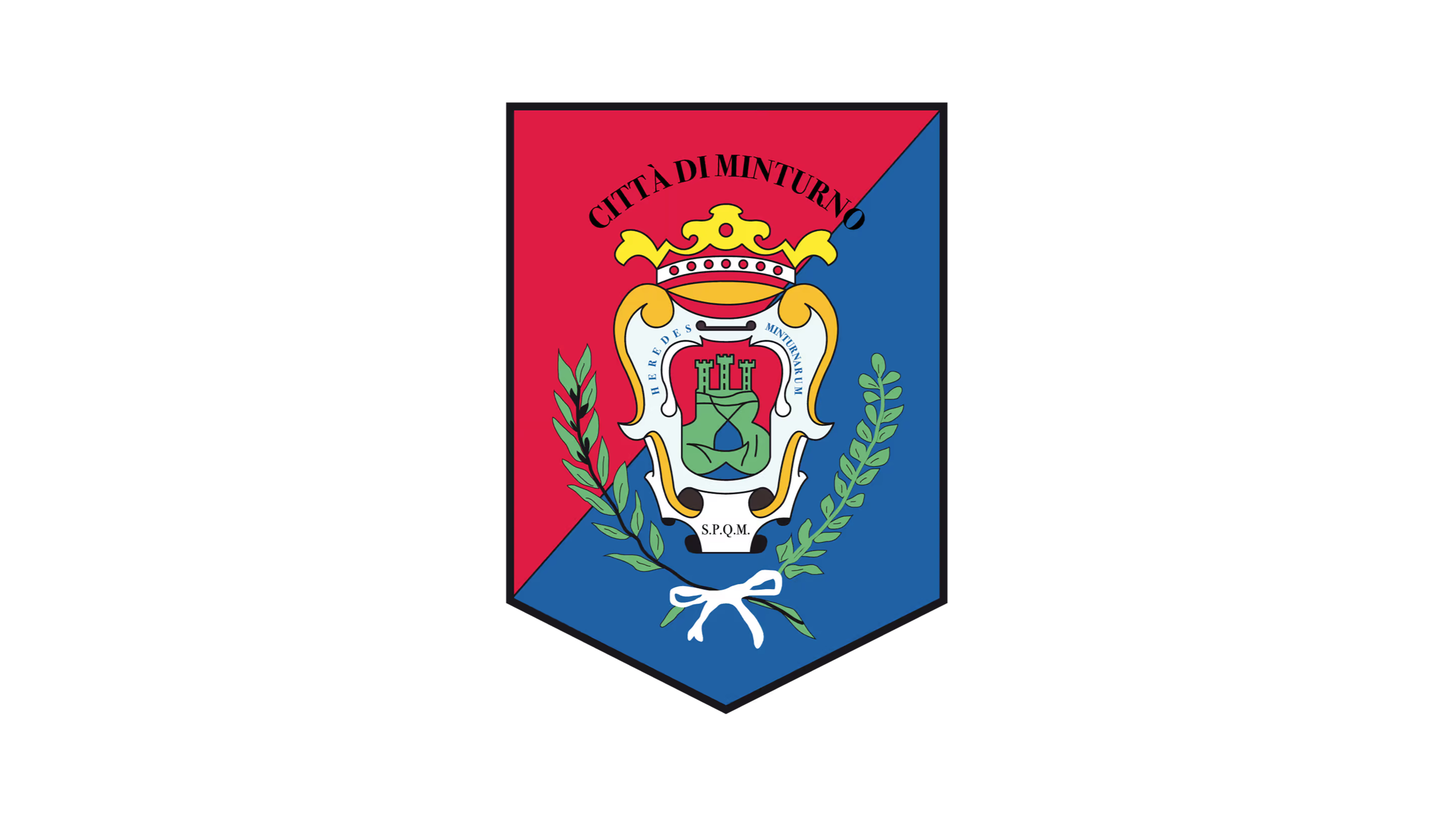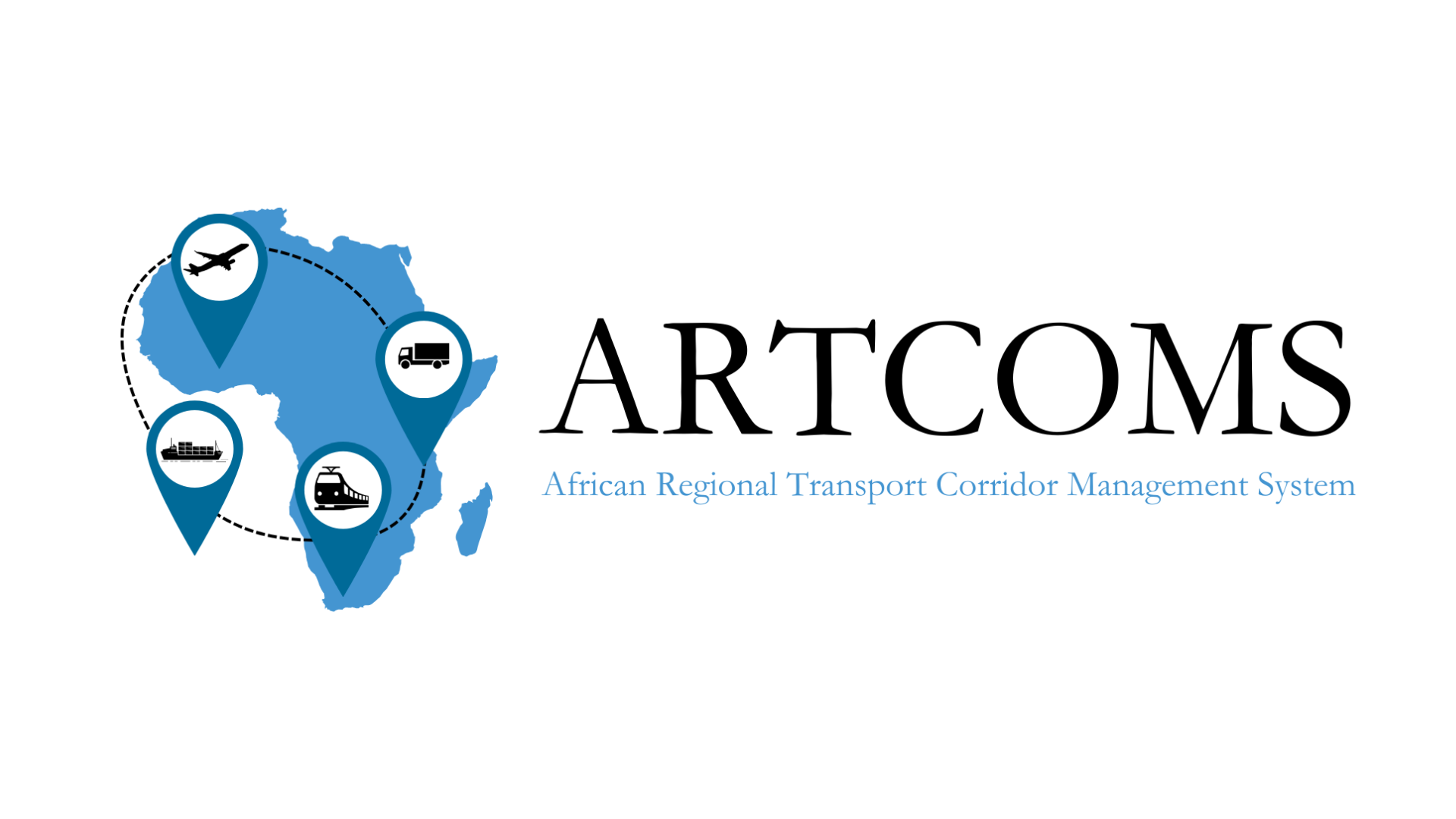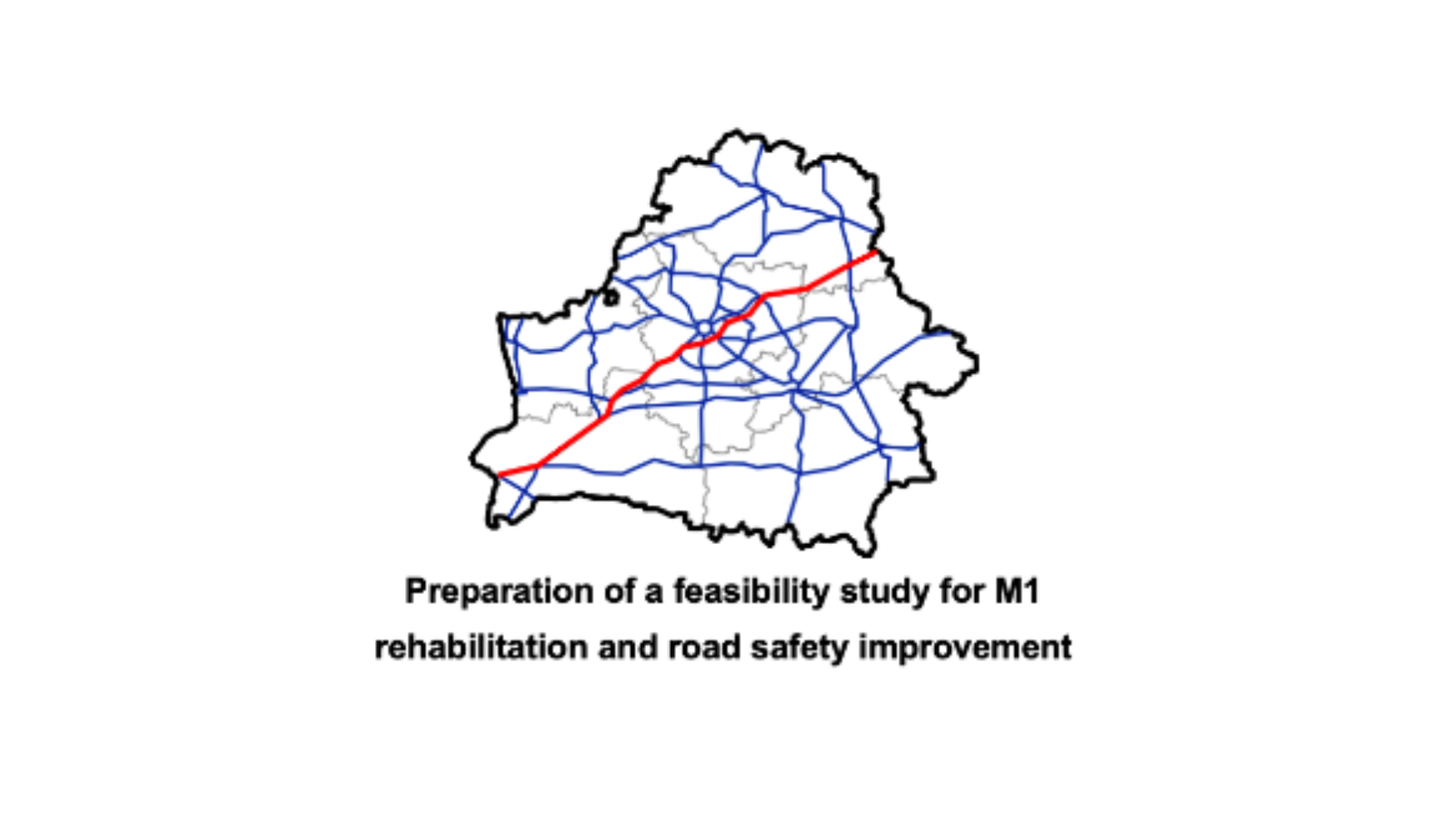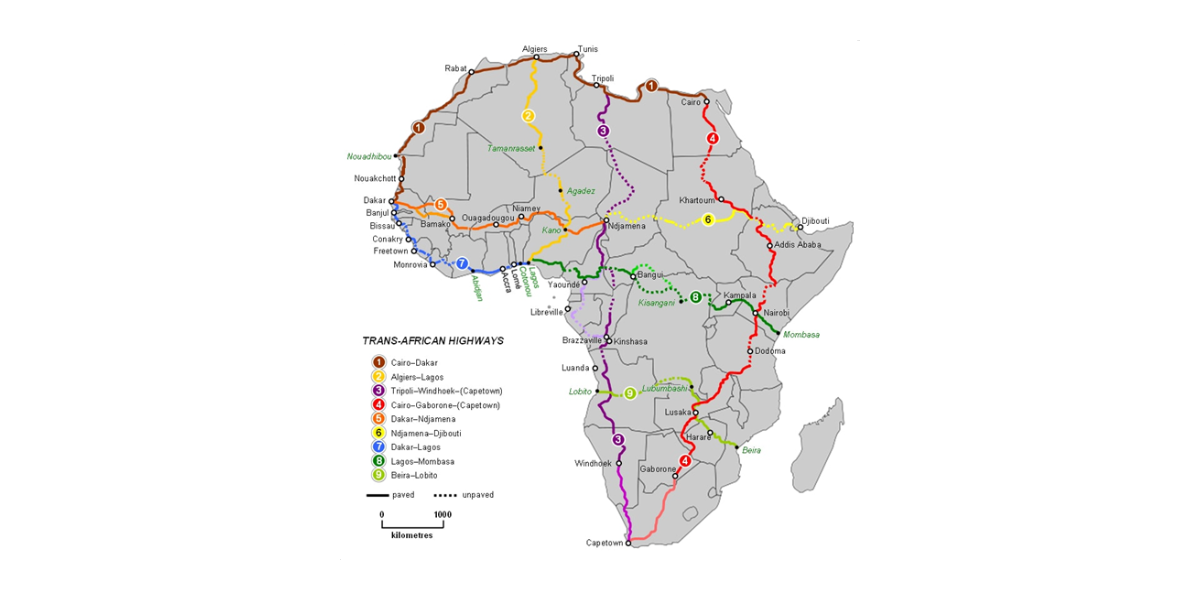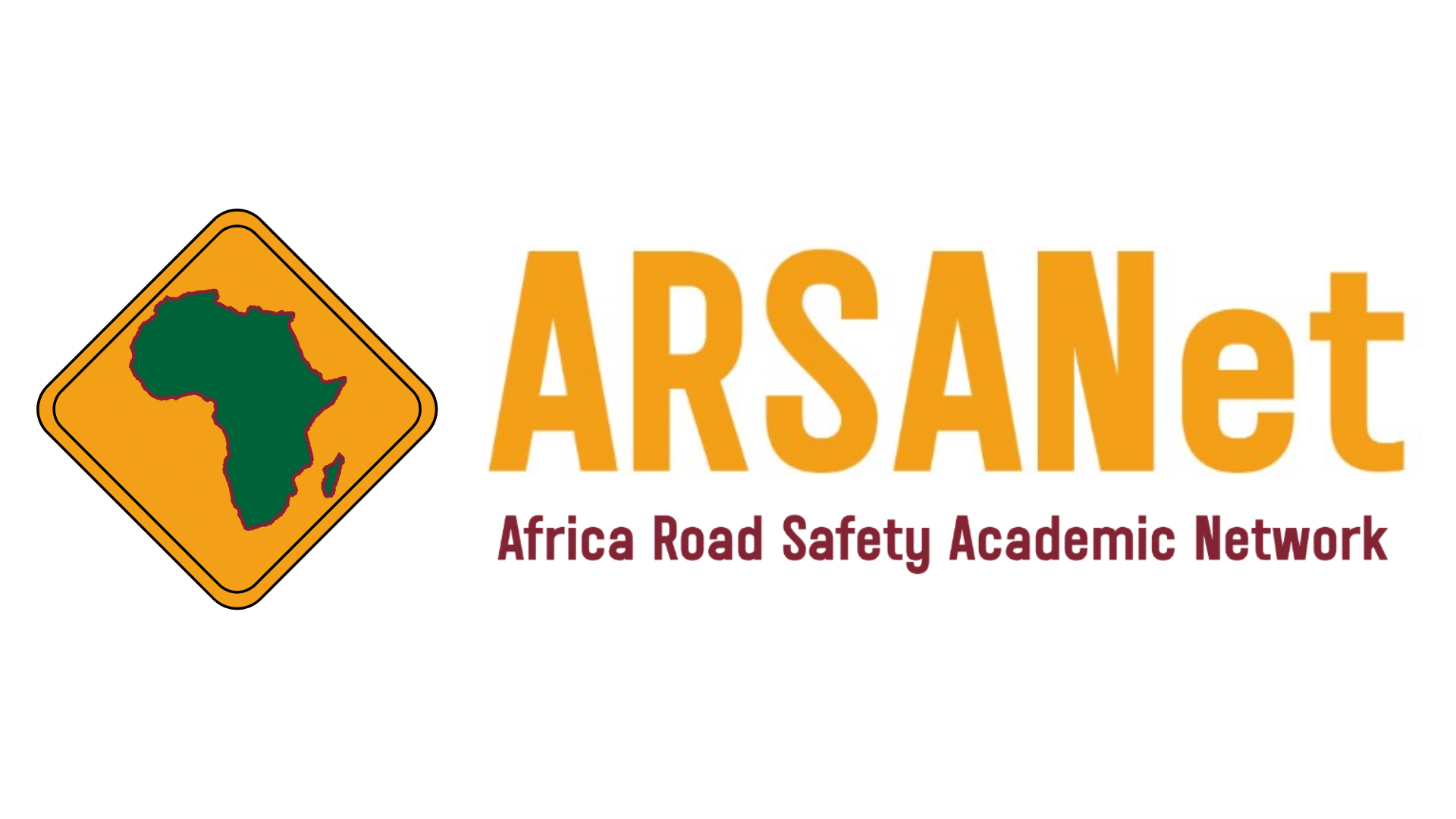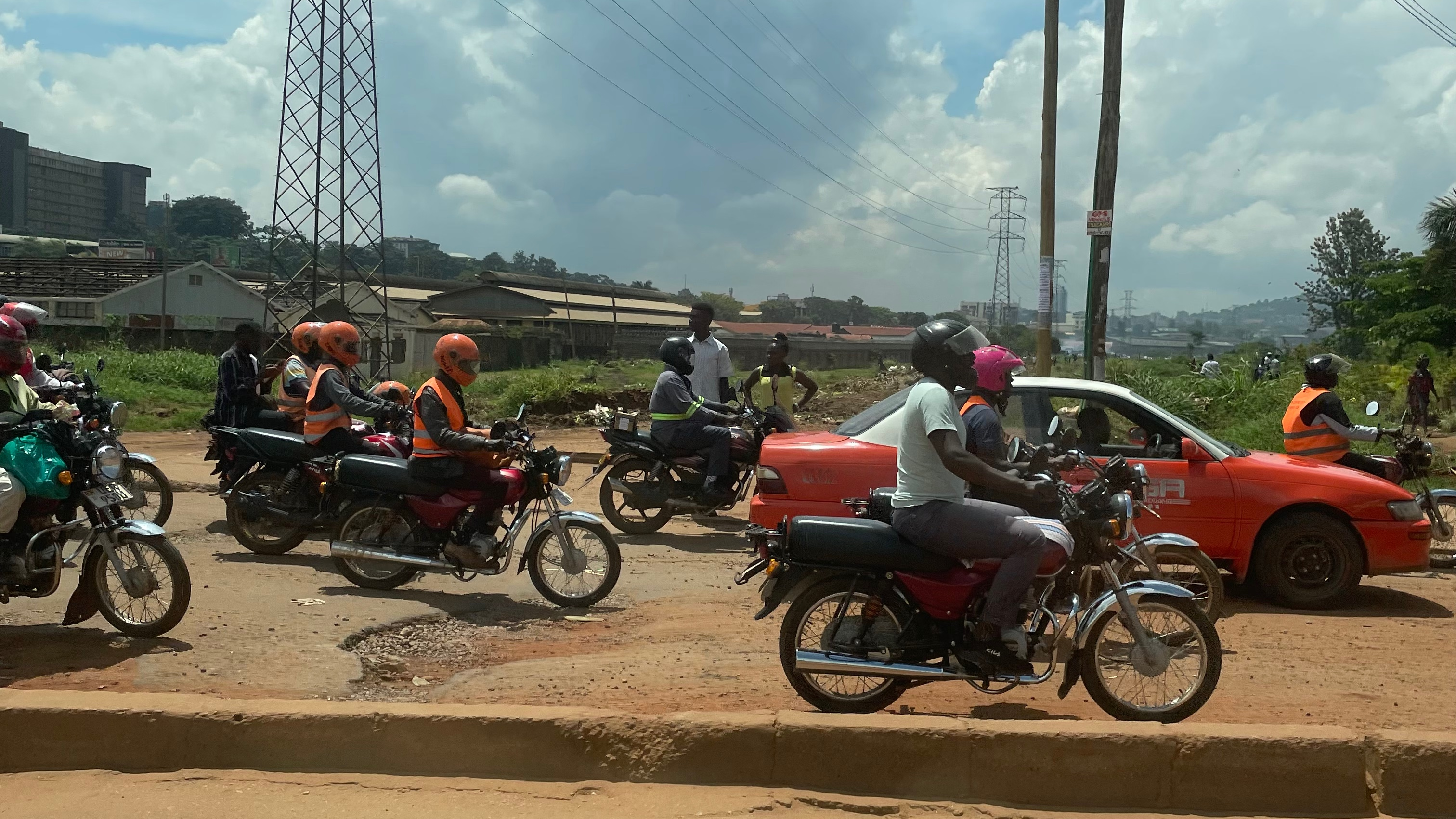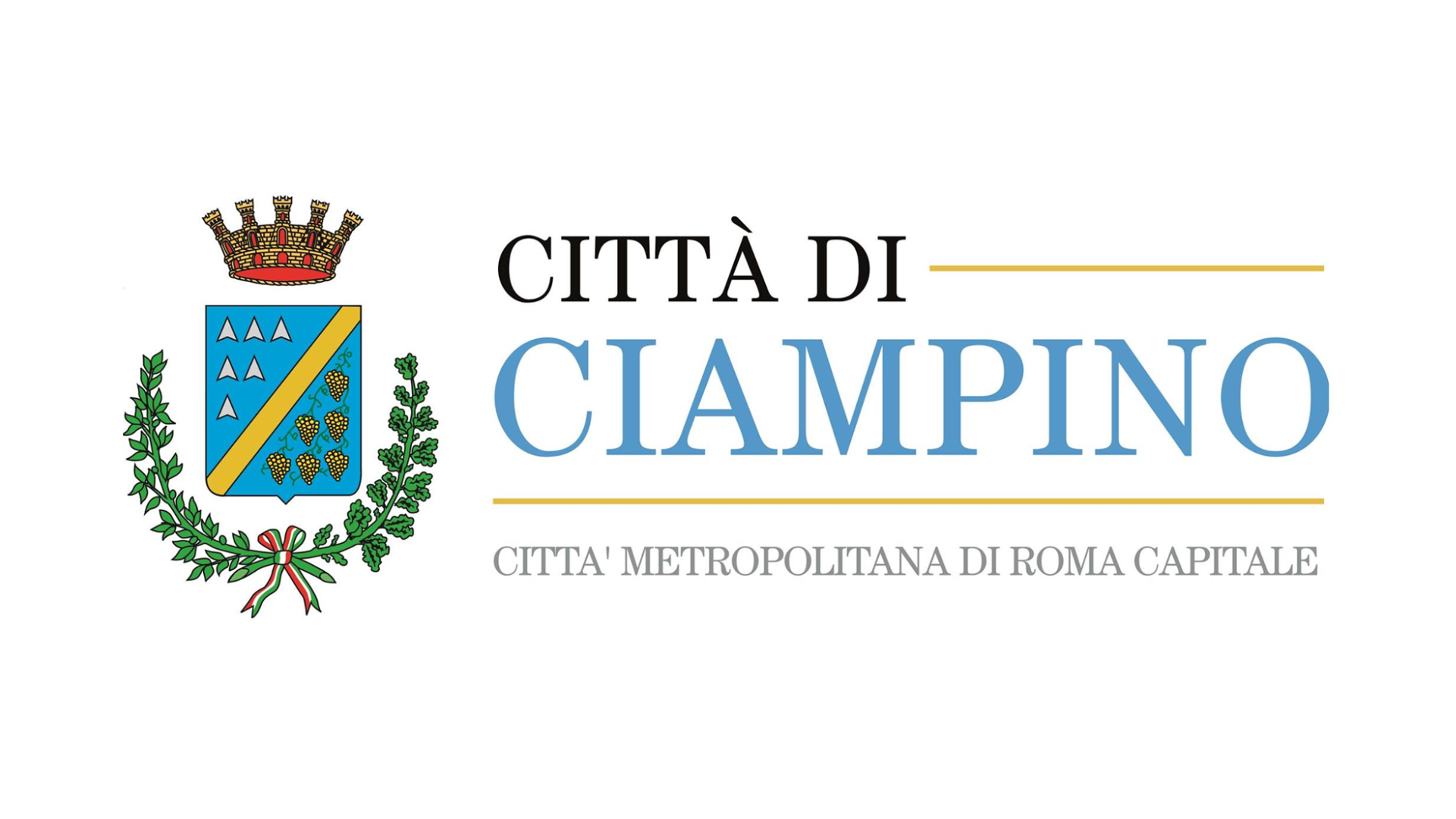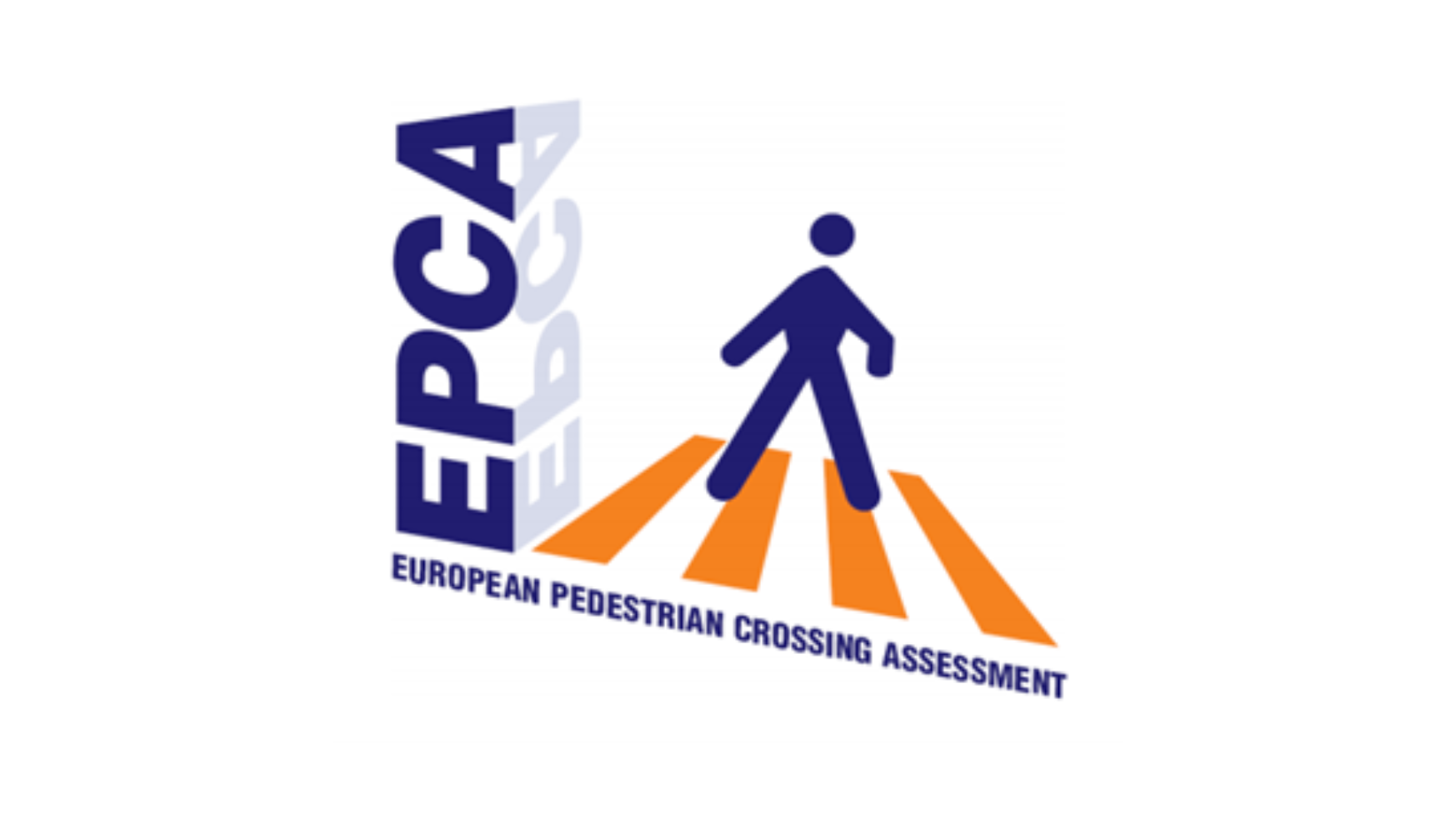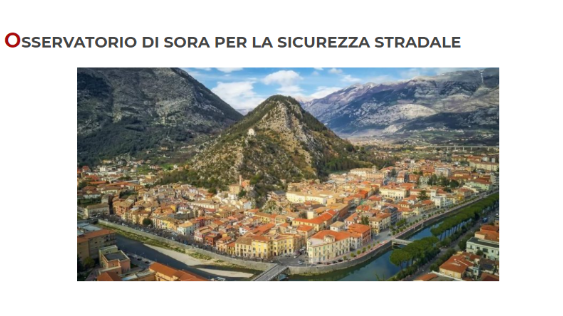The problem
In Italy there is an estimate of the social costs of road accidents, calculated based on medical expenses, legal and administrative costs, vehicle repair costs, congestion costs following accidents, and human costs. The latter are the most difficult to quantify, as they refer to the value of life and health of those involved in crashes. However, to date, there is no estimate of public spending on road safety in Italy. This is a critical issue, especially when evaluating the cost-benefit balance of investments in road safety, in terms of accident reduction, material damage, and lives saved.
The National Road Safety Plan (PNSS) includes a series of interventions to reduce the number of accidents and victims on Italian roads. These include measures related to road safety governance, infrastructure safety improvements, user education and awareness campaigns, enforcement, and research. However, tracking financial flows allocated to these interventions is complex, as there are other sources of funding for road safety outside the PNSS—such as European, regional, or local funds, as well as private initiatives. This makes it difficult to monitor the effectiveness and efficiency of the interventions, due to the lack of systematic and up-to-date data on public and private expenditures in this sector. Currently, no official sources collect national or regional data on investments and operational costs of road crash prevention efforts. Moreover, estimating such expenditure involves methodological and practical challenges due to the complexity and multidimensional nature of road safety.
Our approach
The goal of the study is to estimate the amount spent by Italian public bodies and institutions on road safety interventions during a given year. To do so, two main components must be considered:
- The expenditure on road safety recorded in the institution’s budget, which includes all activities and services directly funded by the entity itself.
- Funds transferred to other public or private entities to carry out road safety actions within the institution’s jurisdiction.
To these two items, the personnel costs incurred by the institution to manage and deliver road safety services should be added. These can be estimated based on the time dedicated to such activities. Finally, the study will assess whether to also include indirect costs, such as infrastructure maintenance or operational costs related to service provision.
To assess public spending on road safety projects in Italy, the following steps are proposed:
- Review the scientific literature, approaches, and methodologies used in other countries to quantify road safety expenditure, in order to identify best practices and potential data sources.
- Analyze the information sources available in Italy, both at national and regional levels, to verify the quality and completeness of data on road safety spending.
- Define objective criteria to classify projects based on their impact on road safety—distinguishing, for example, between specific road safety projects and general projects with indirect or marginal safety benefits.
- Develop a methodology for estimating road safety expenditure in Italy, categorizing projects by type (e.g., infrastructure-related, user education, enforcement, etc.).
- Apply the methodology to estimate public spending on road safety in Italy, and compare results with those of other countries, where available.
- Draft guidelines for assessing road safety costs.
